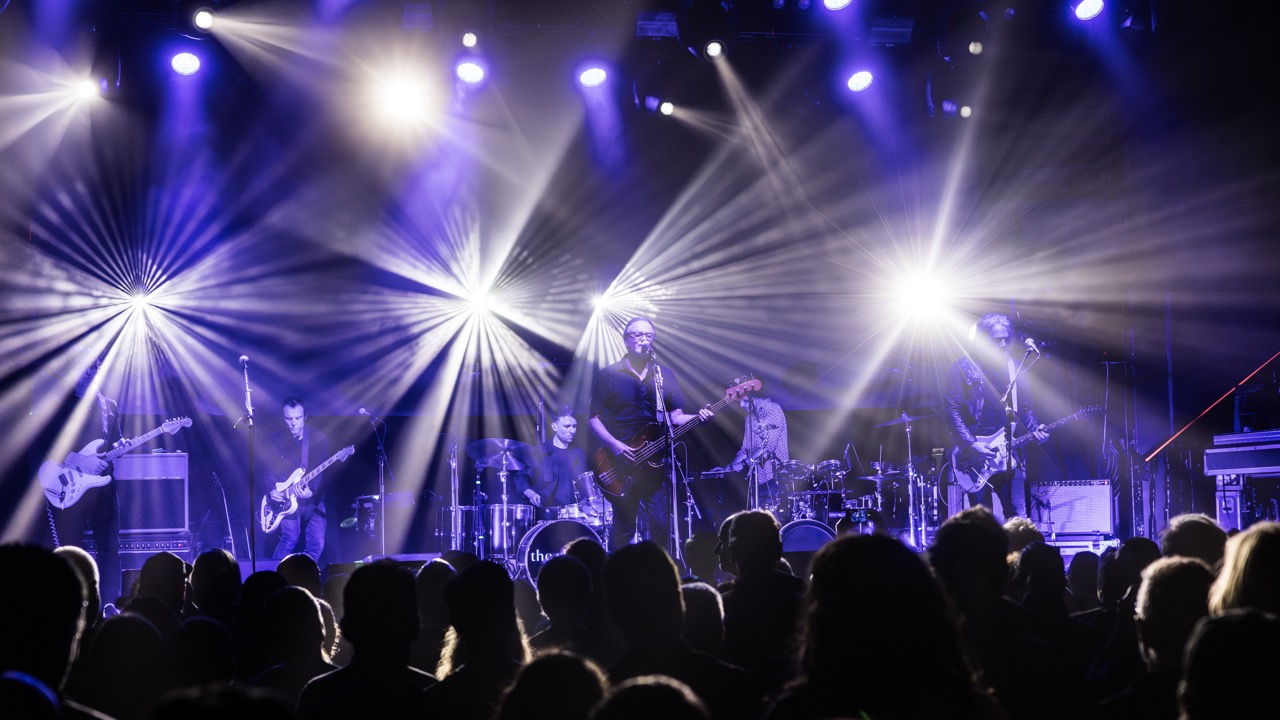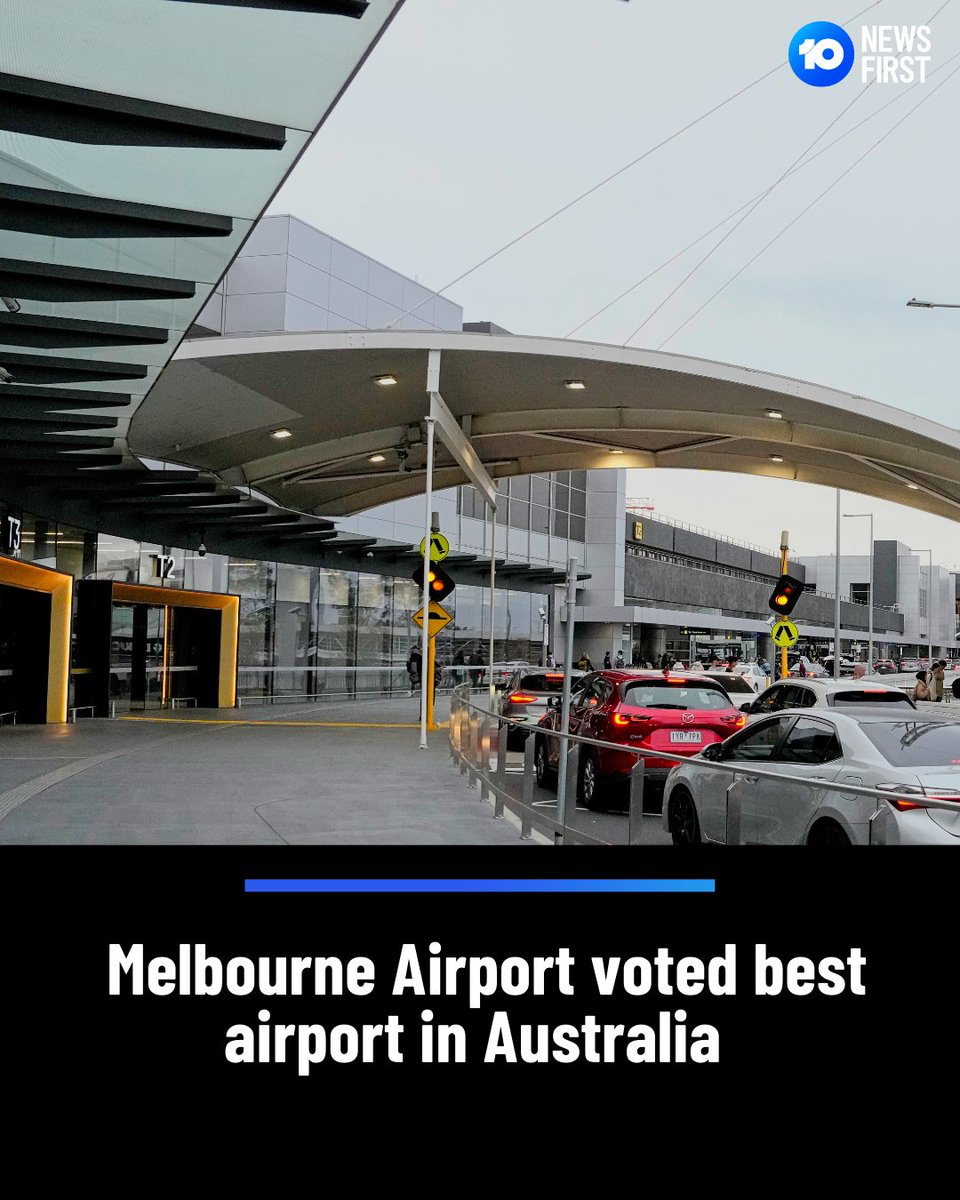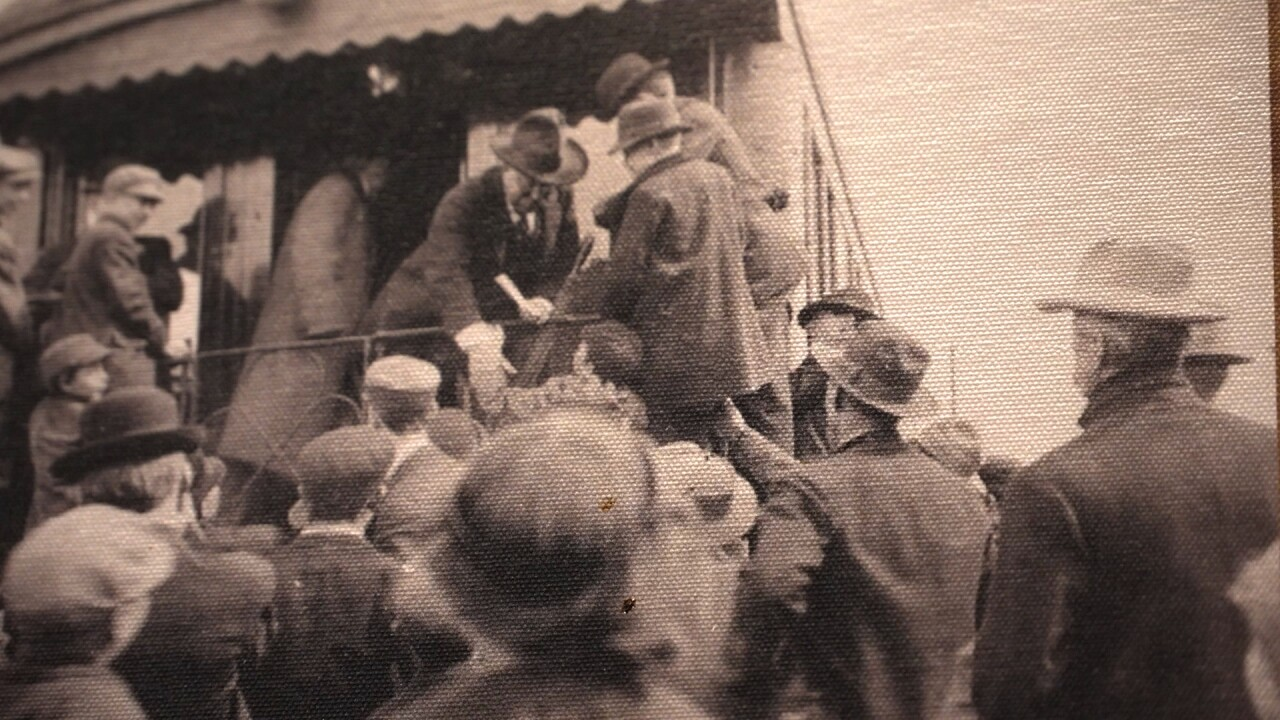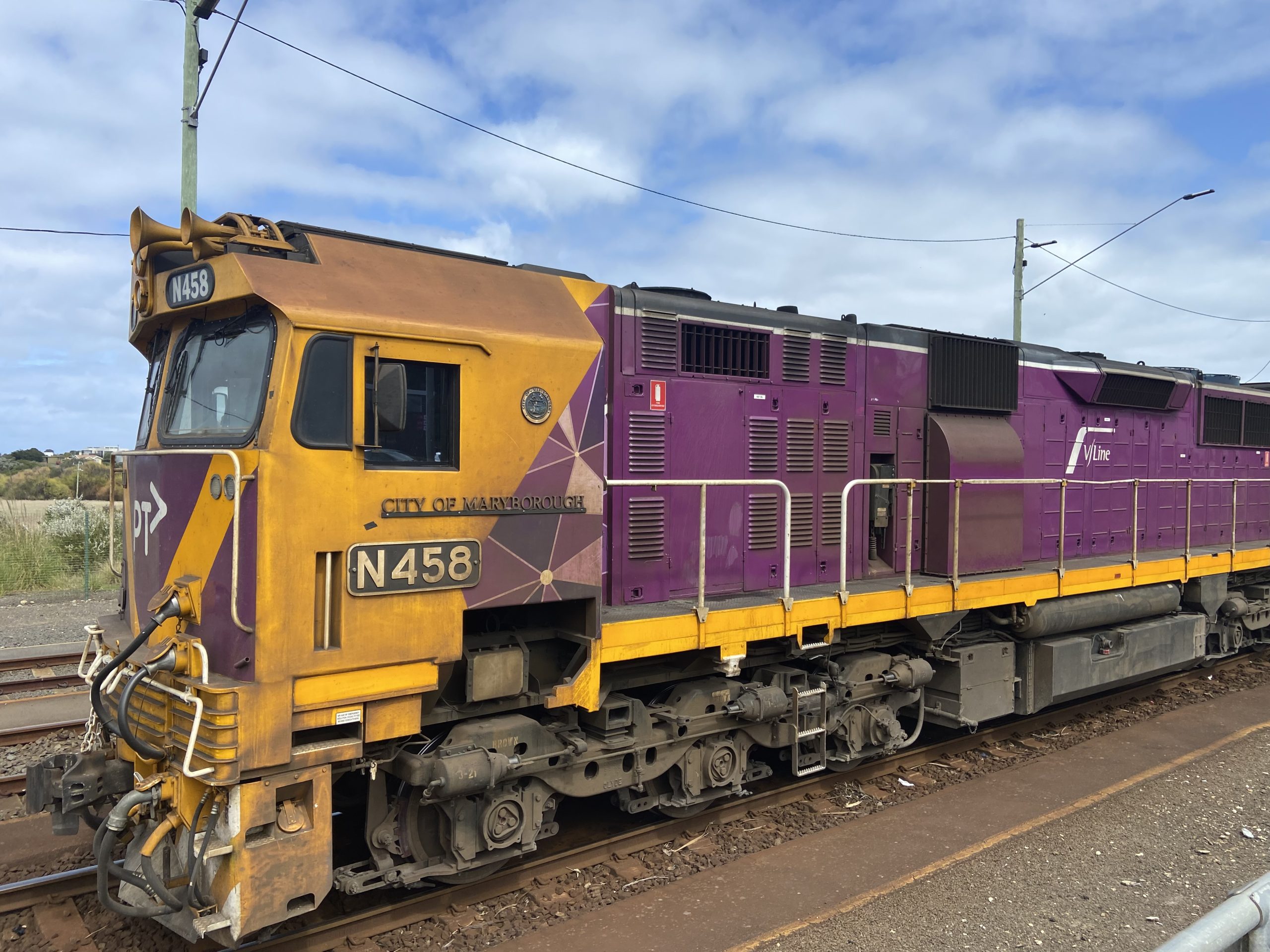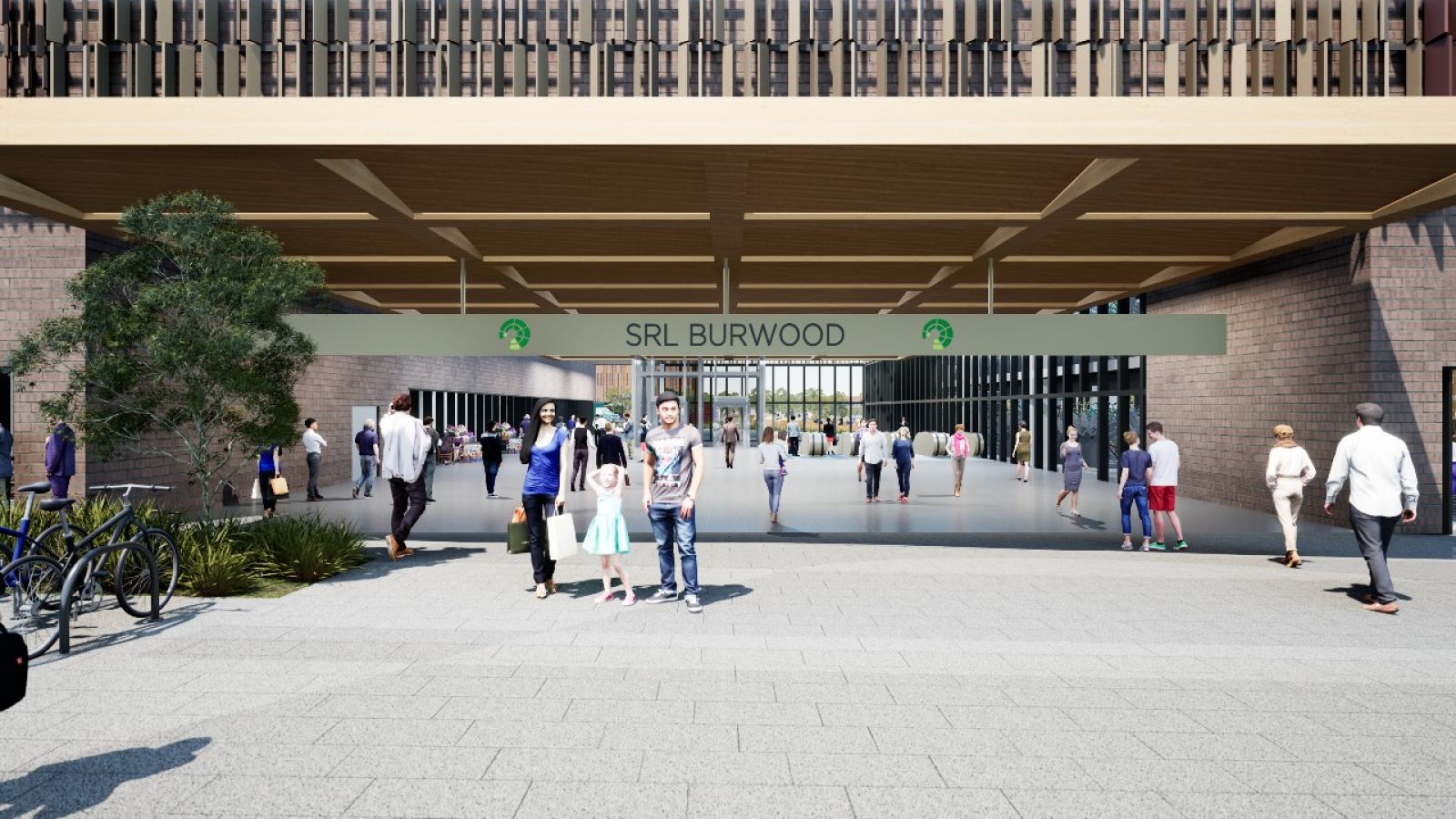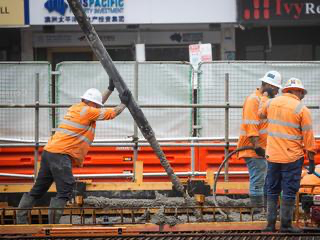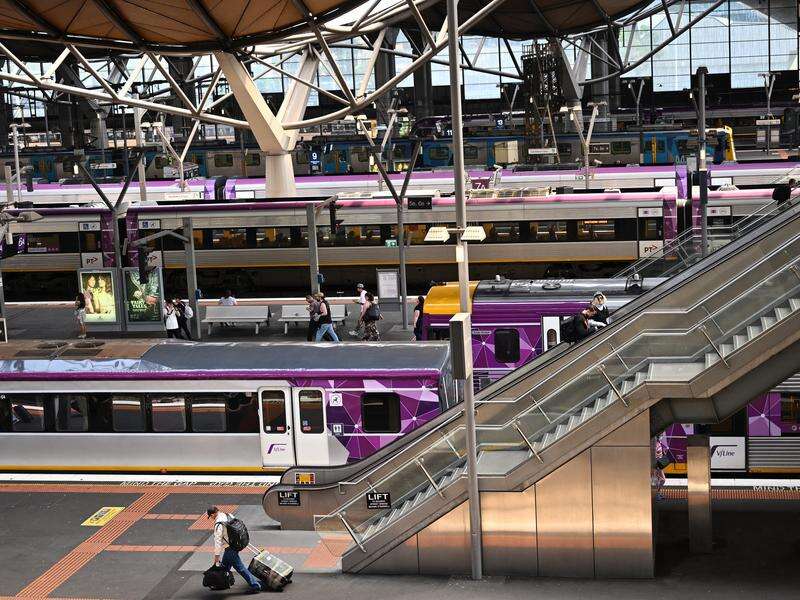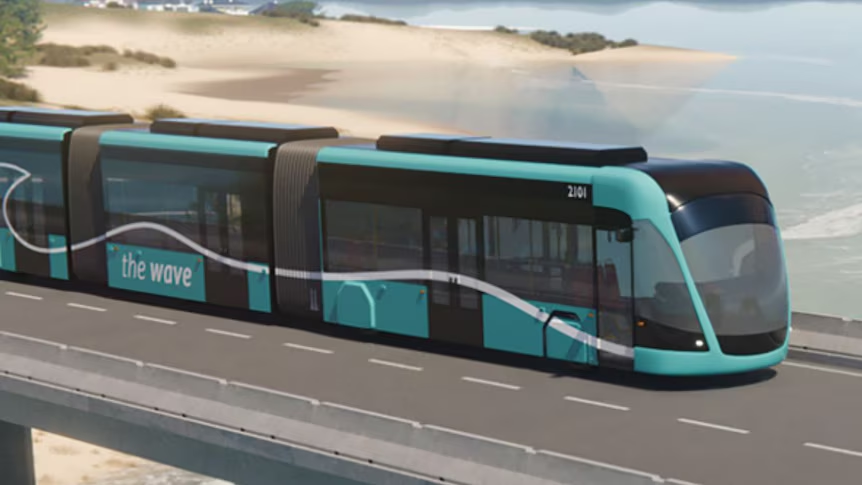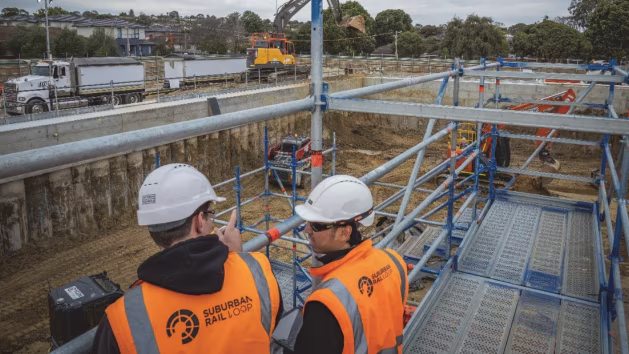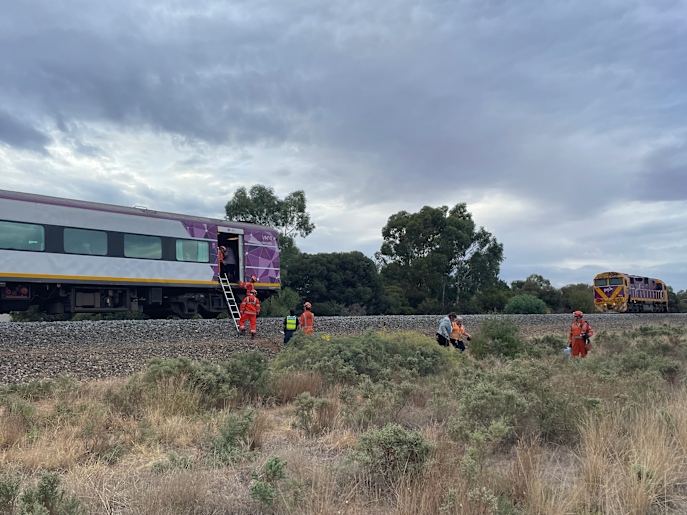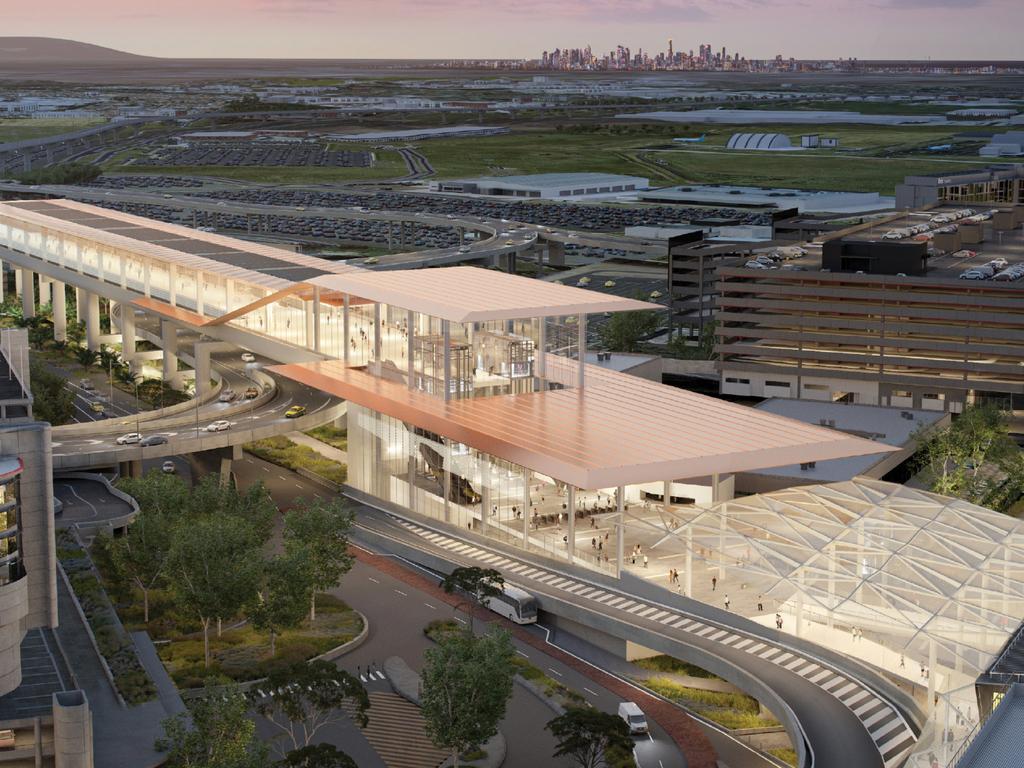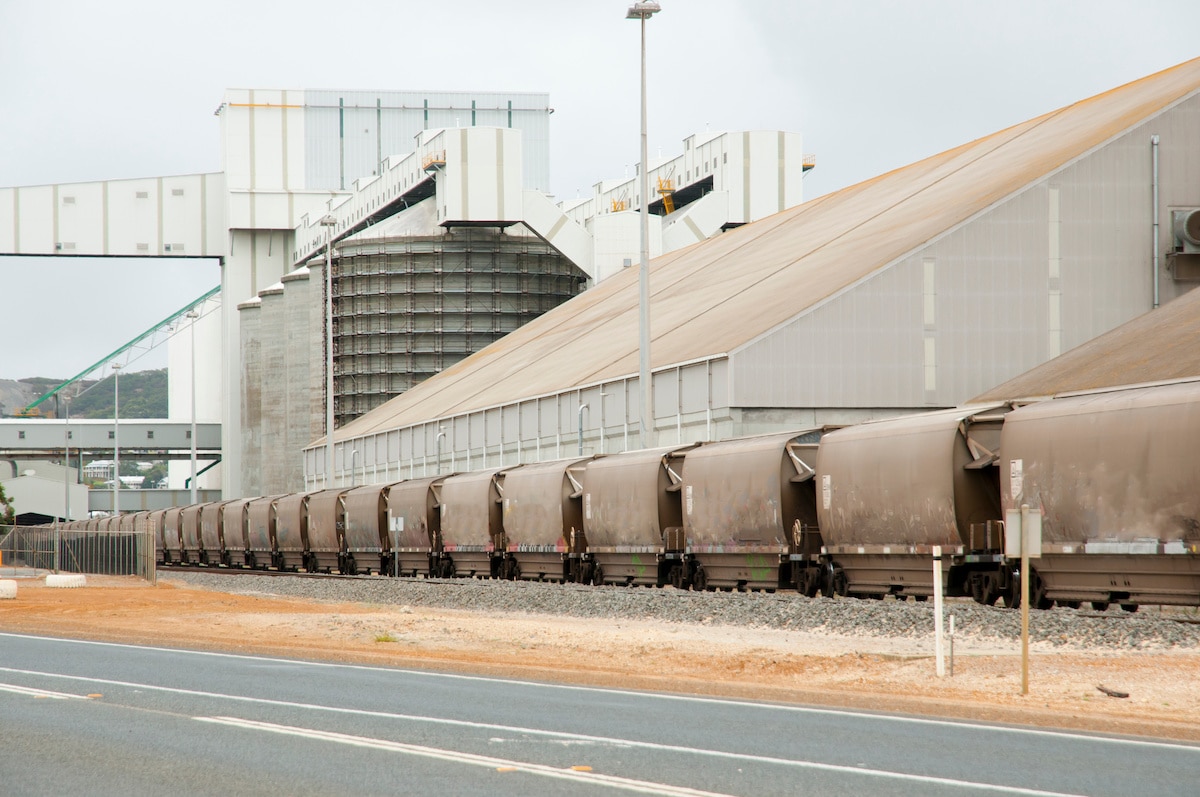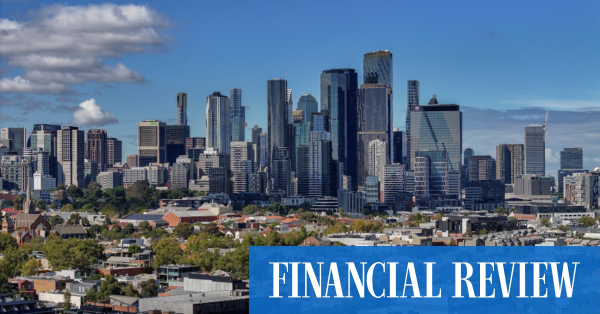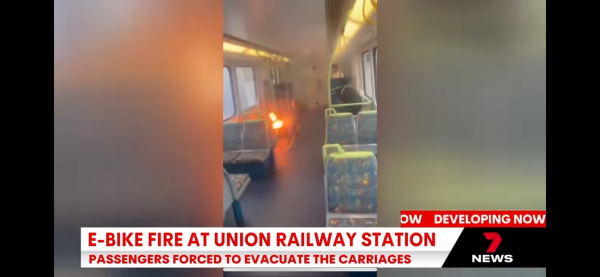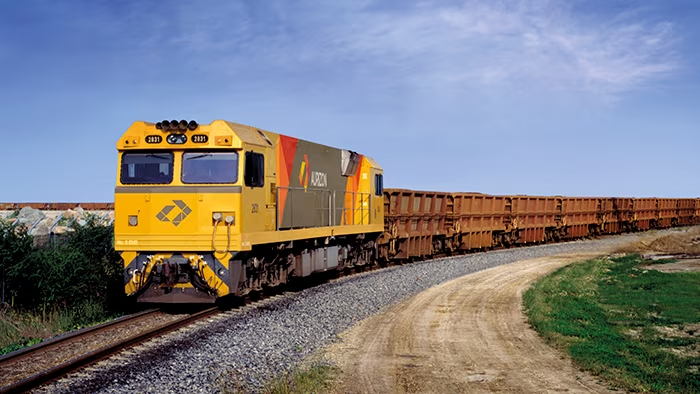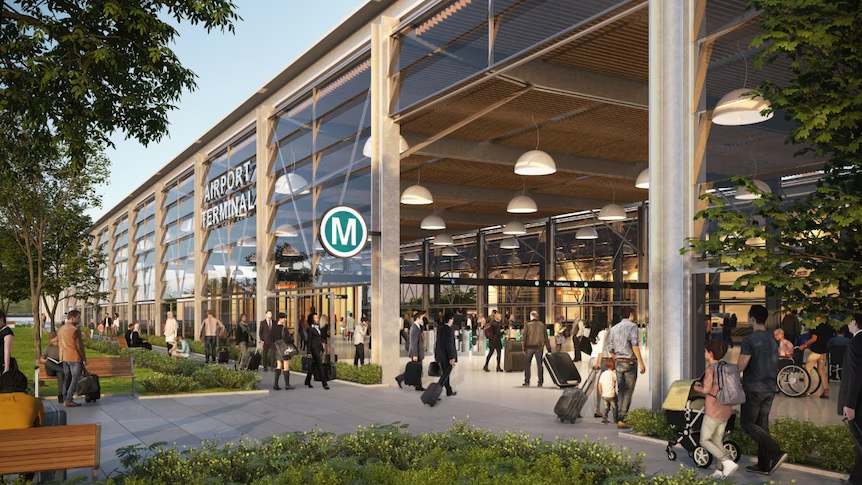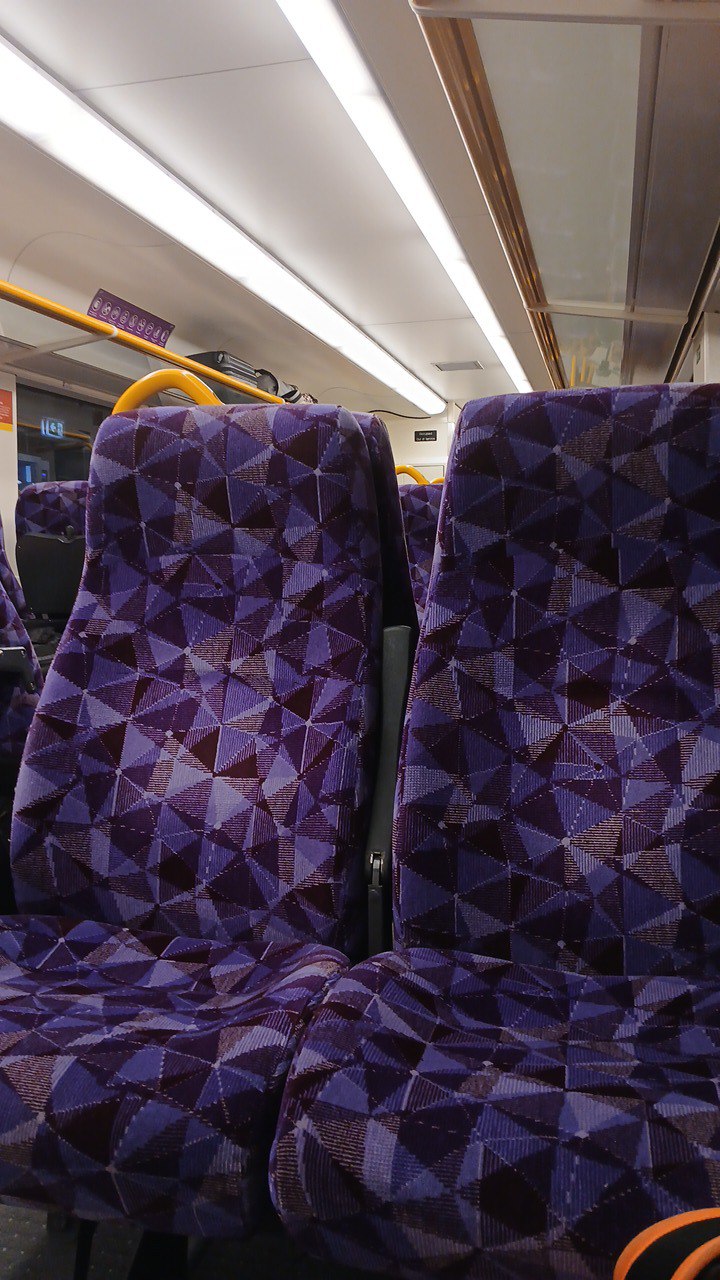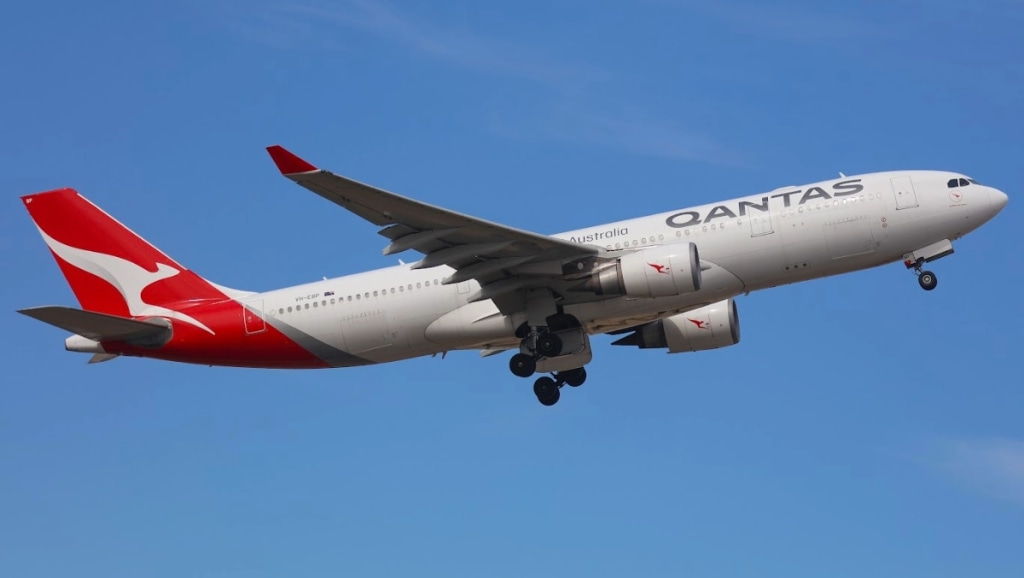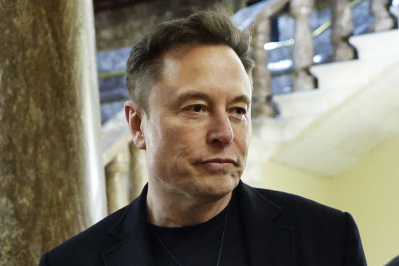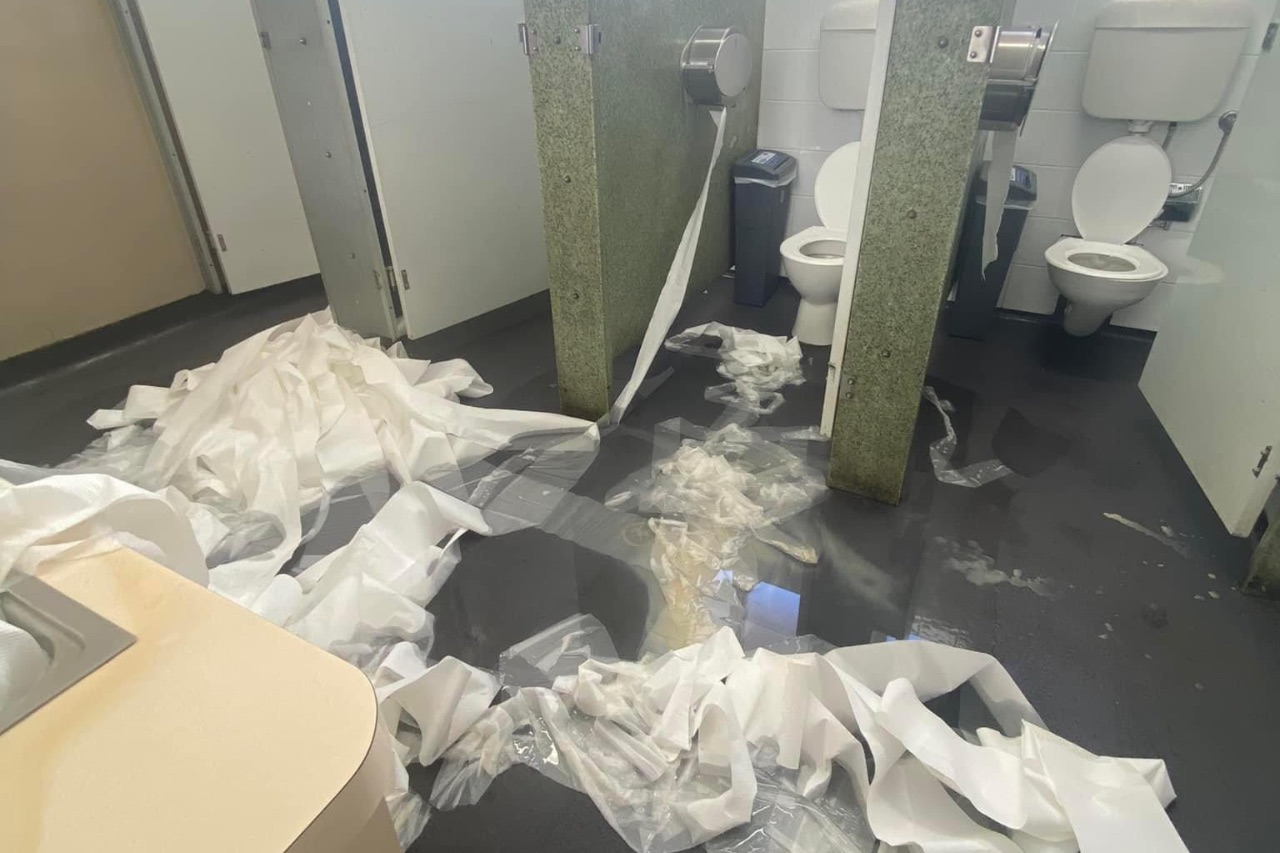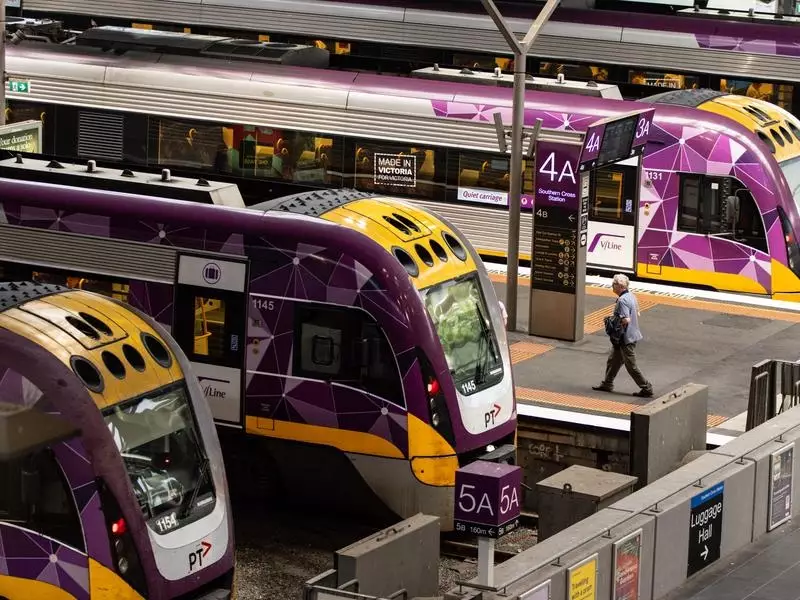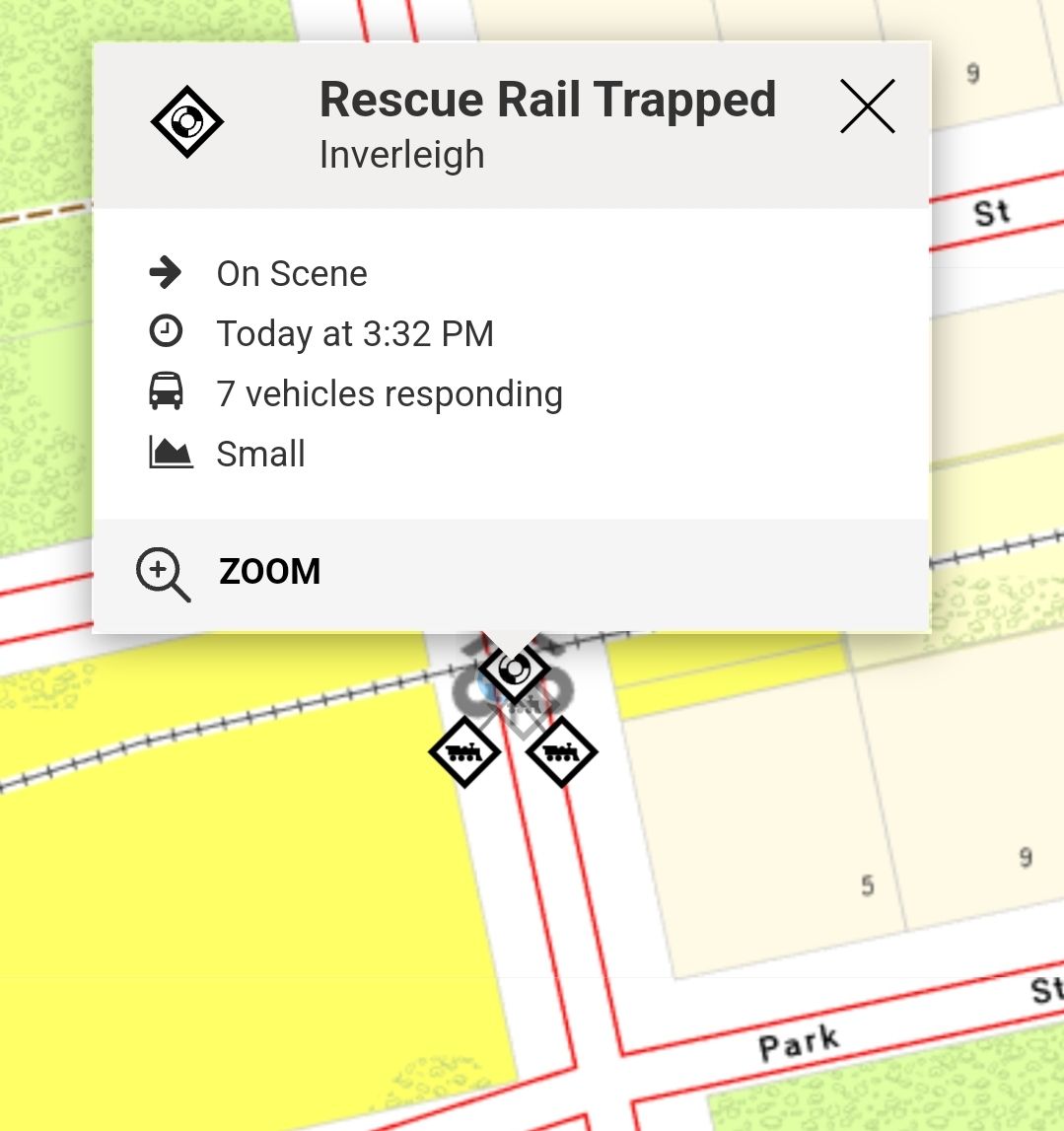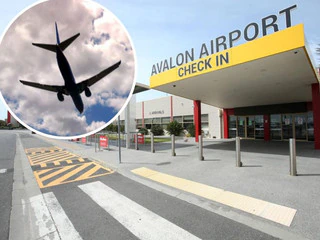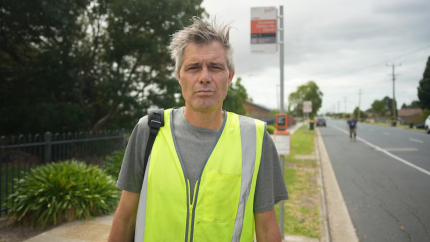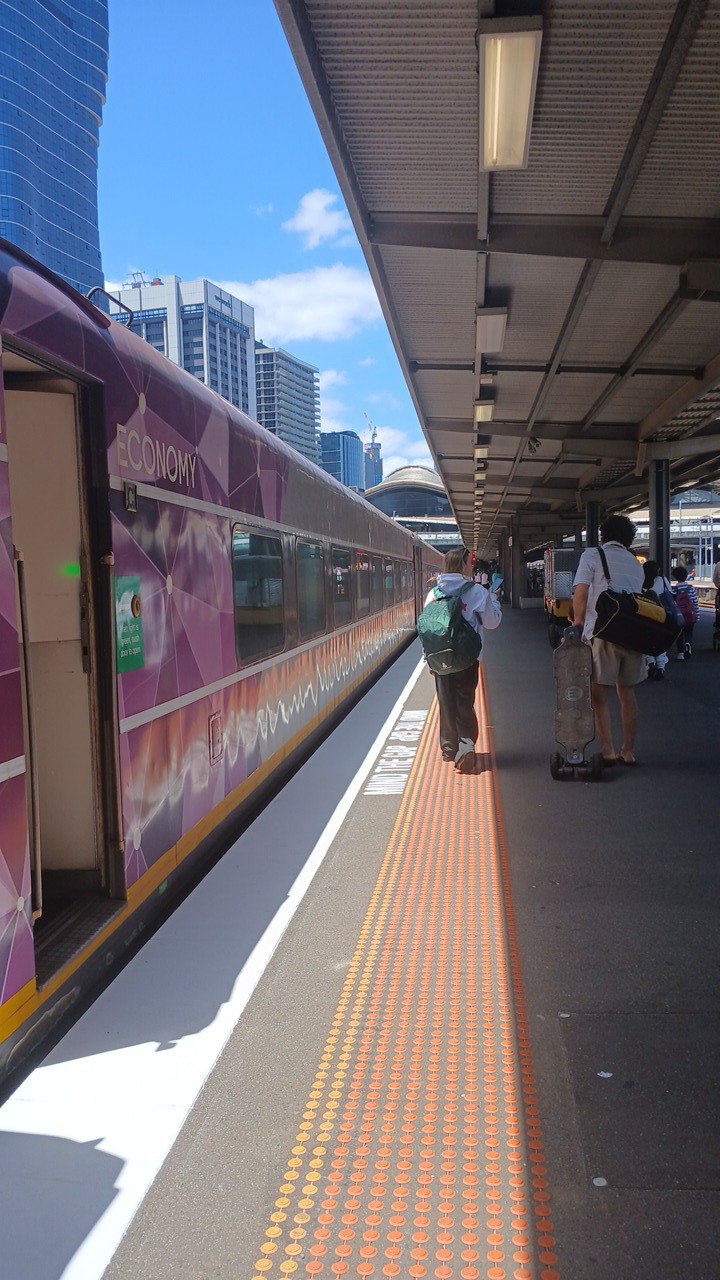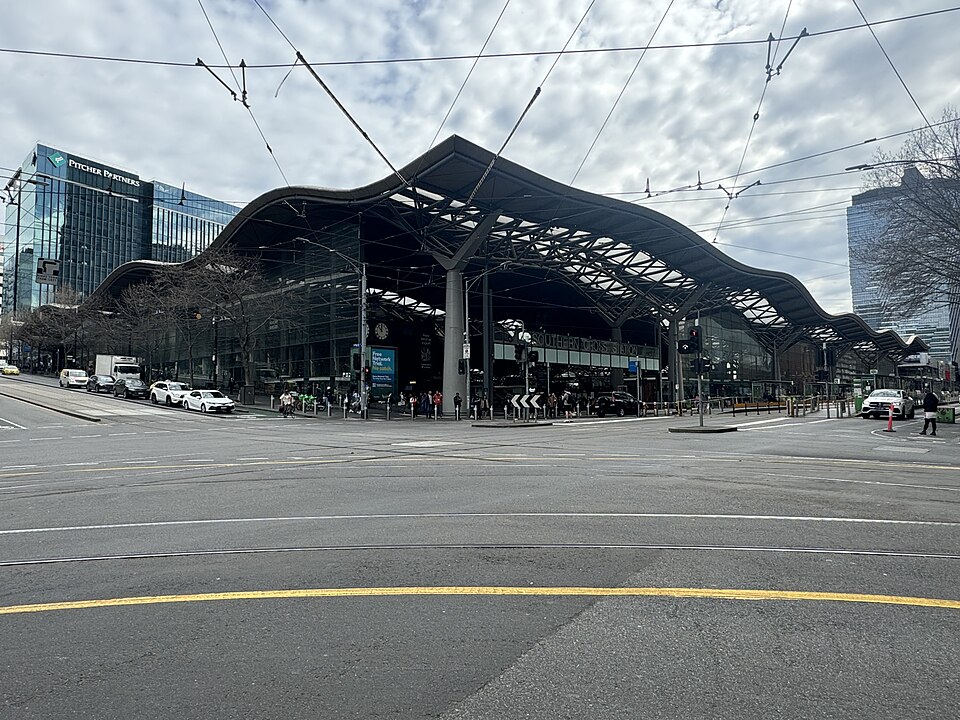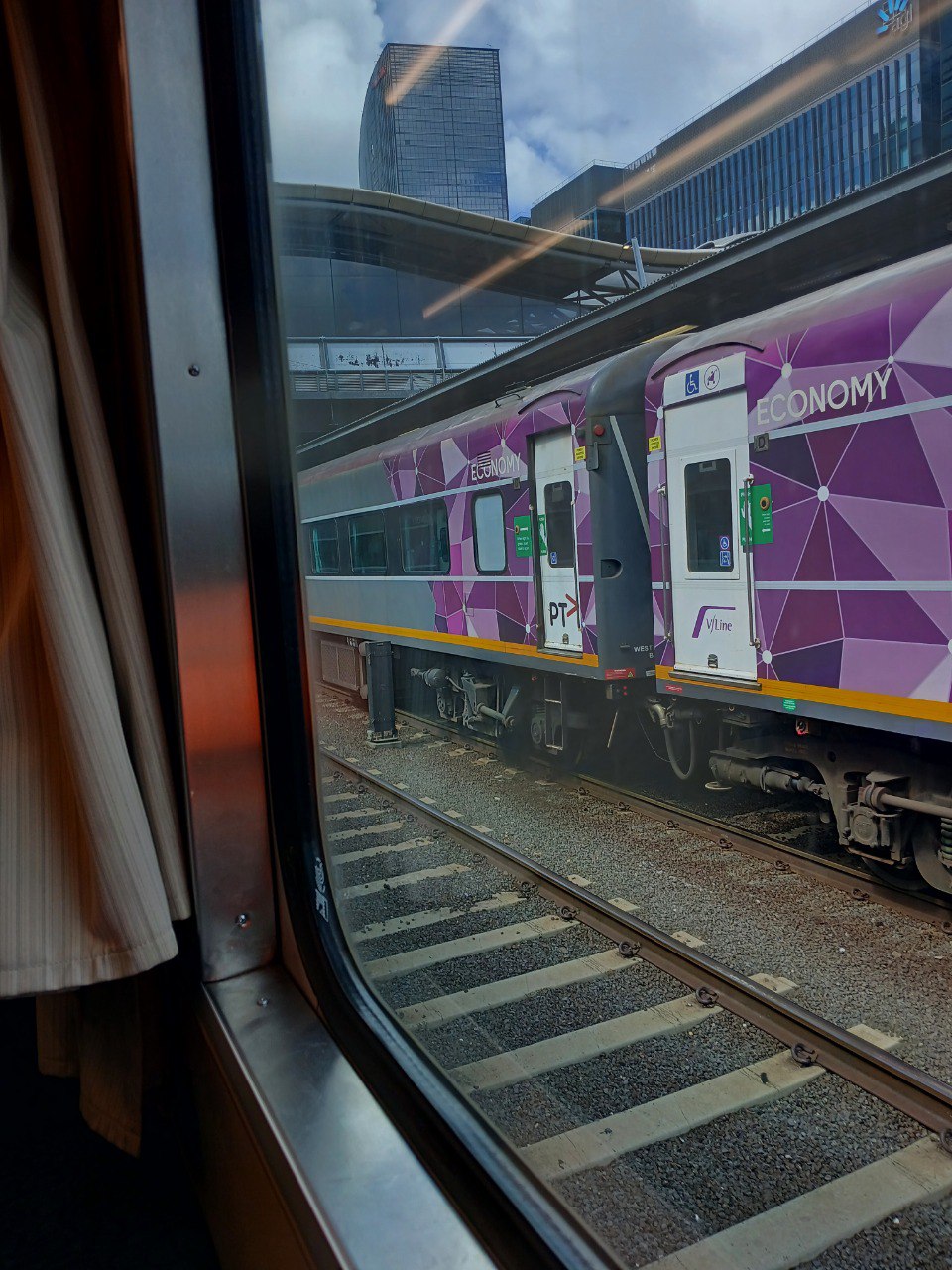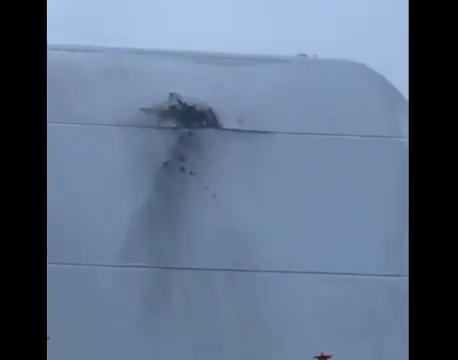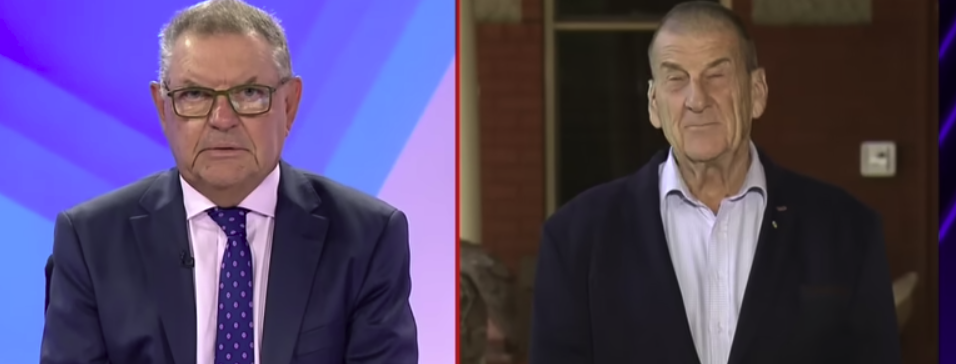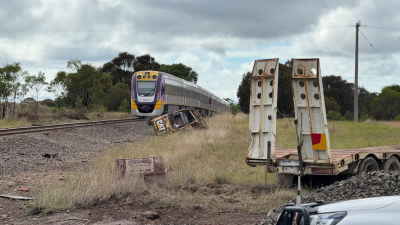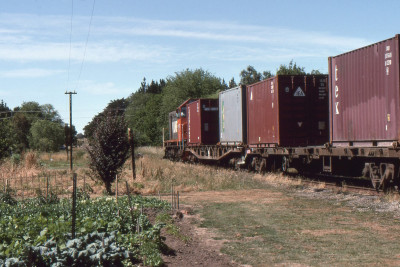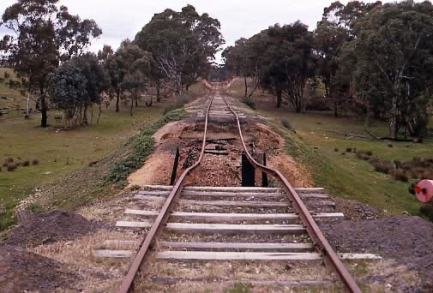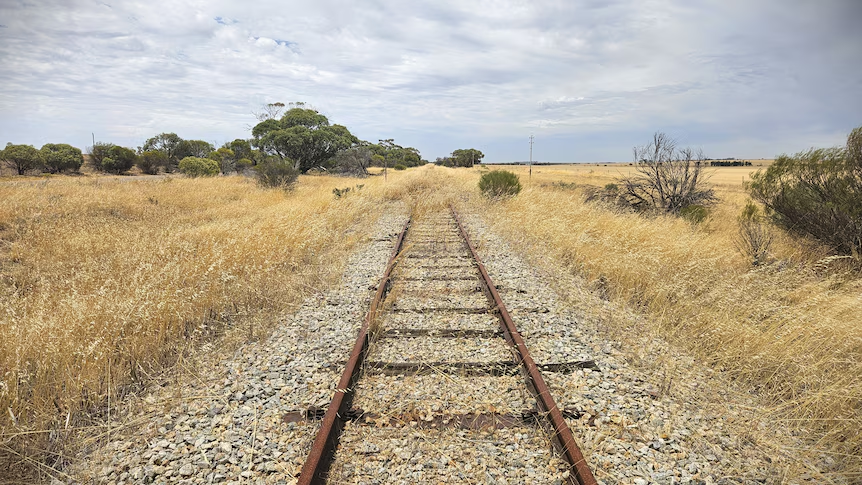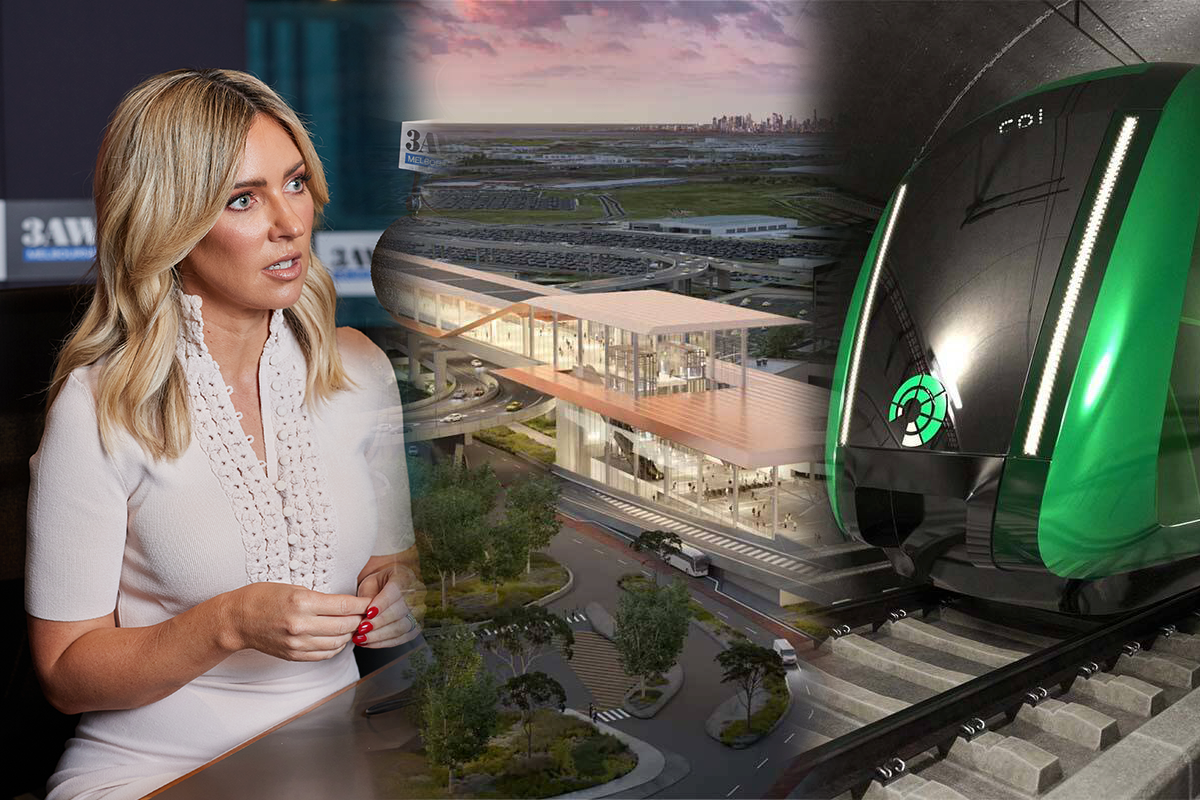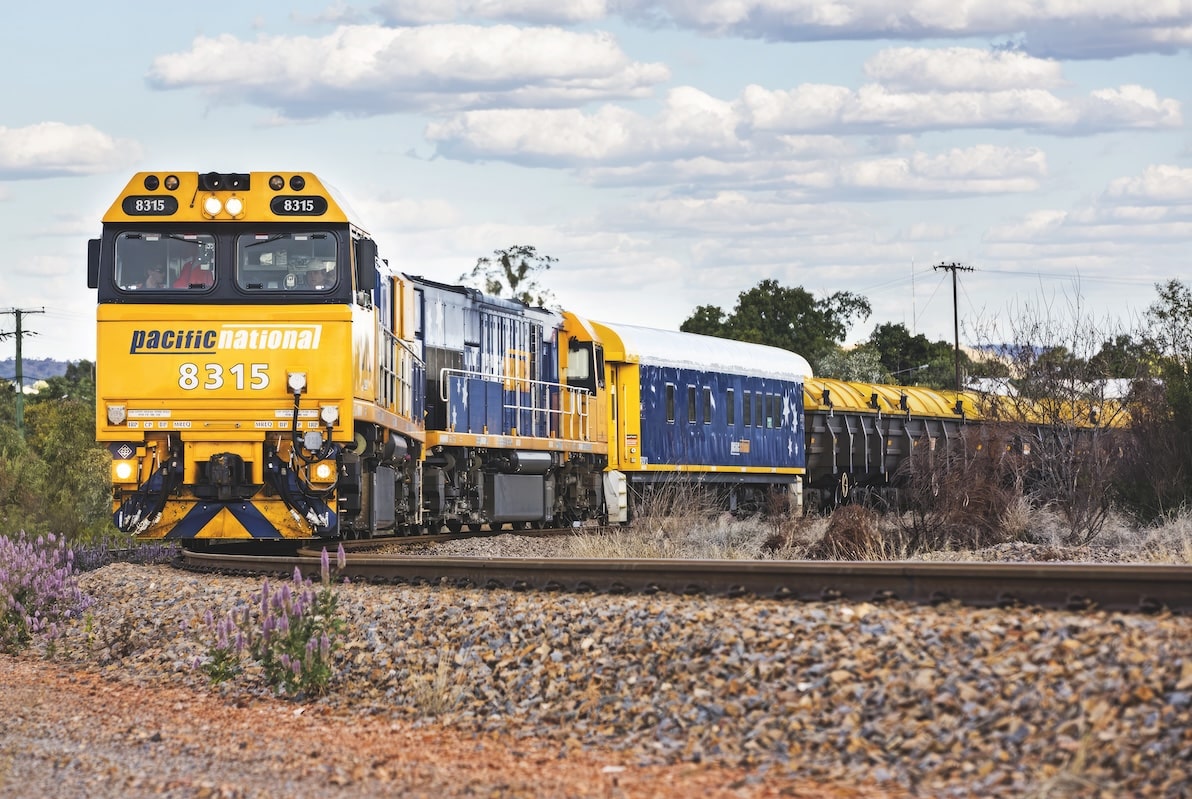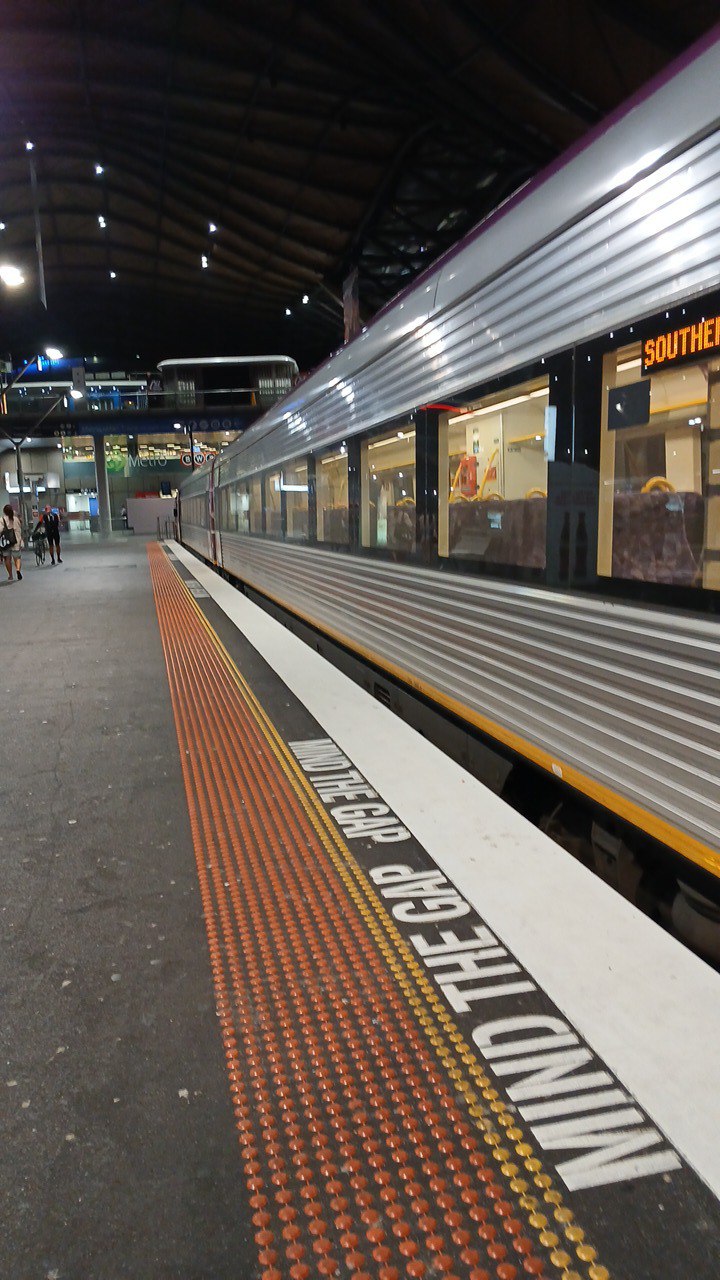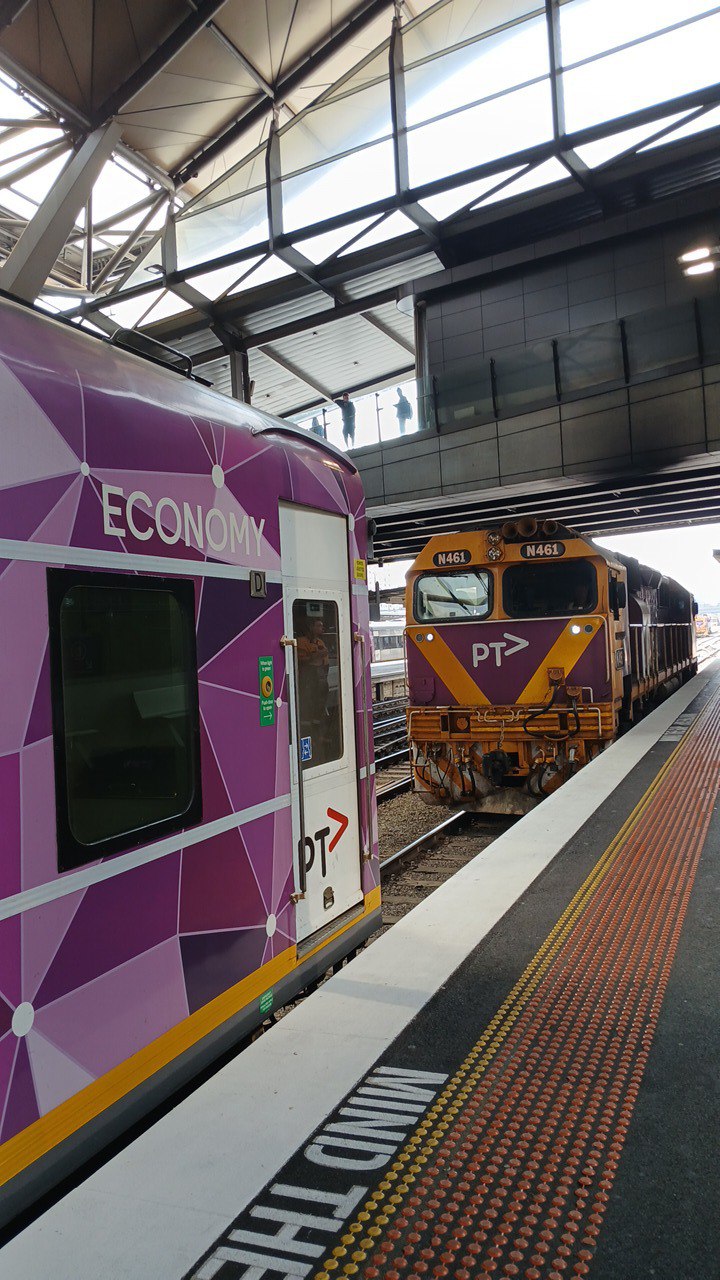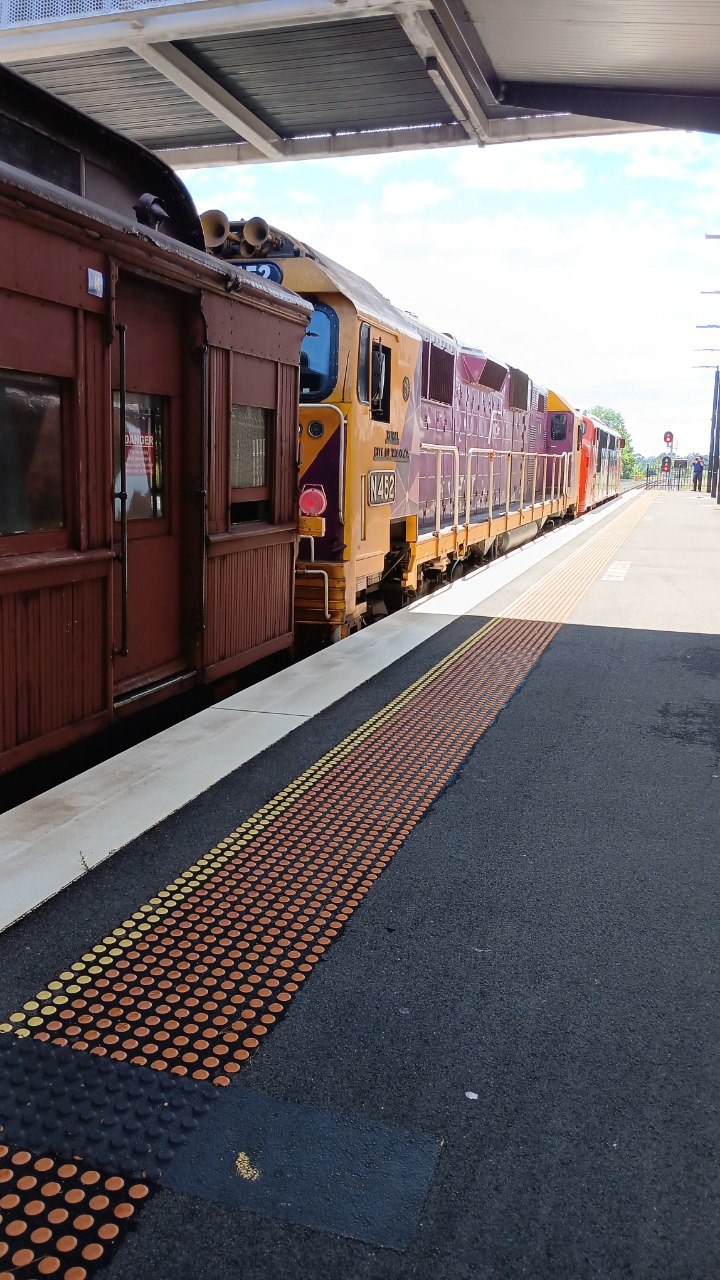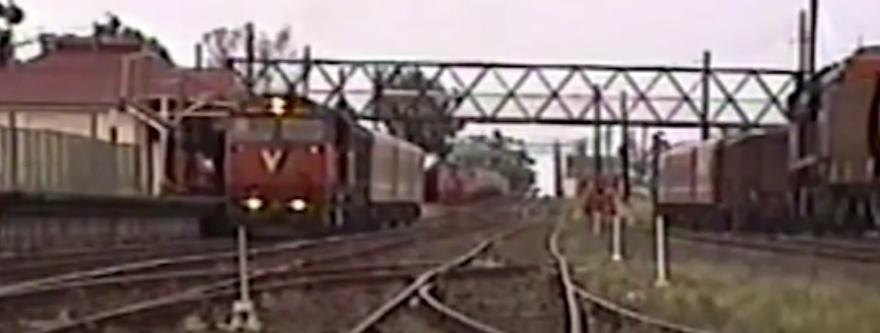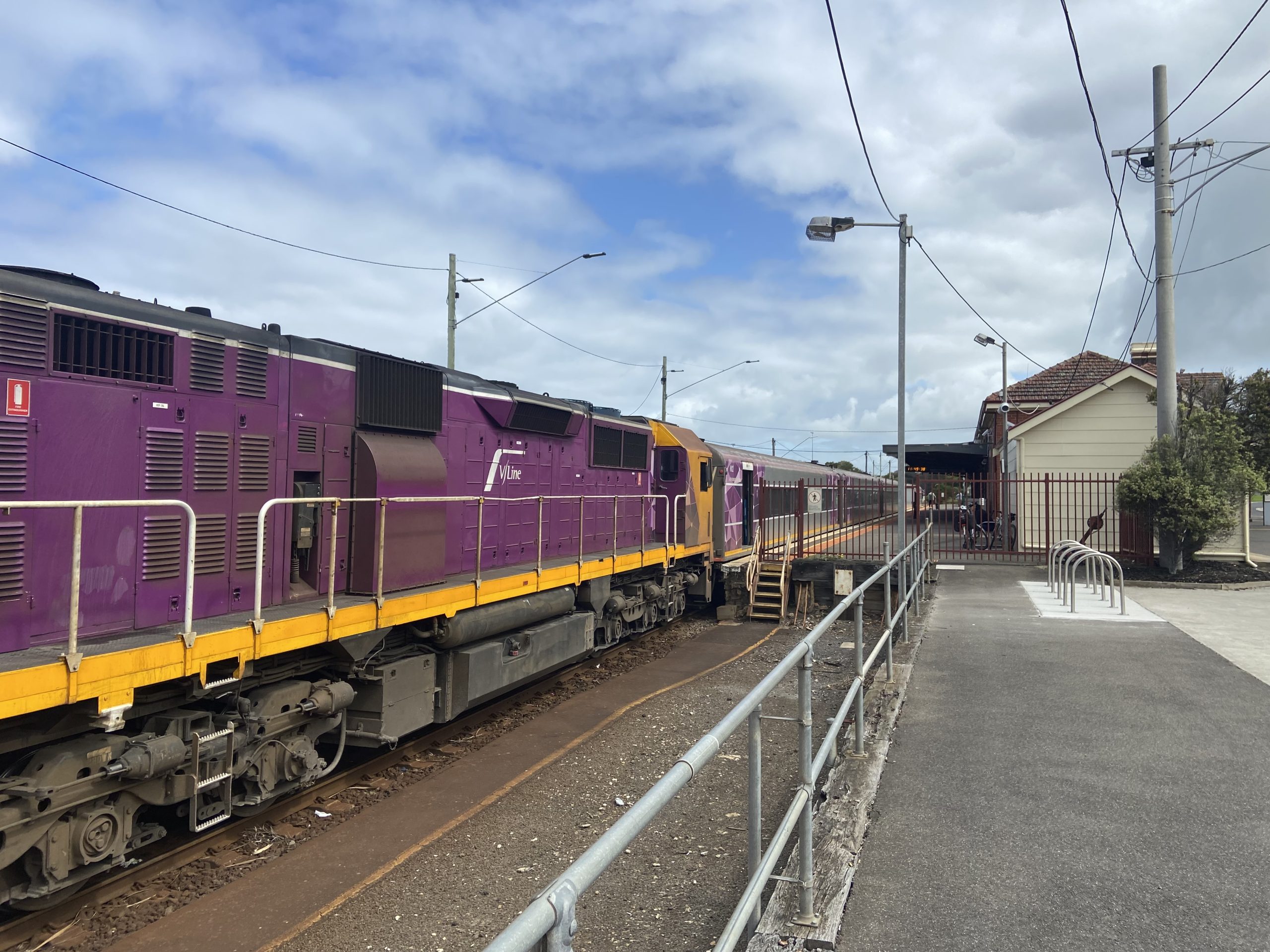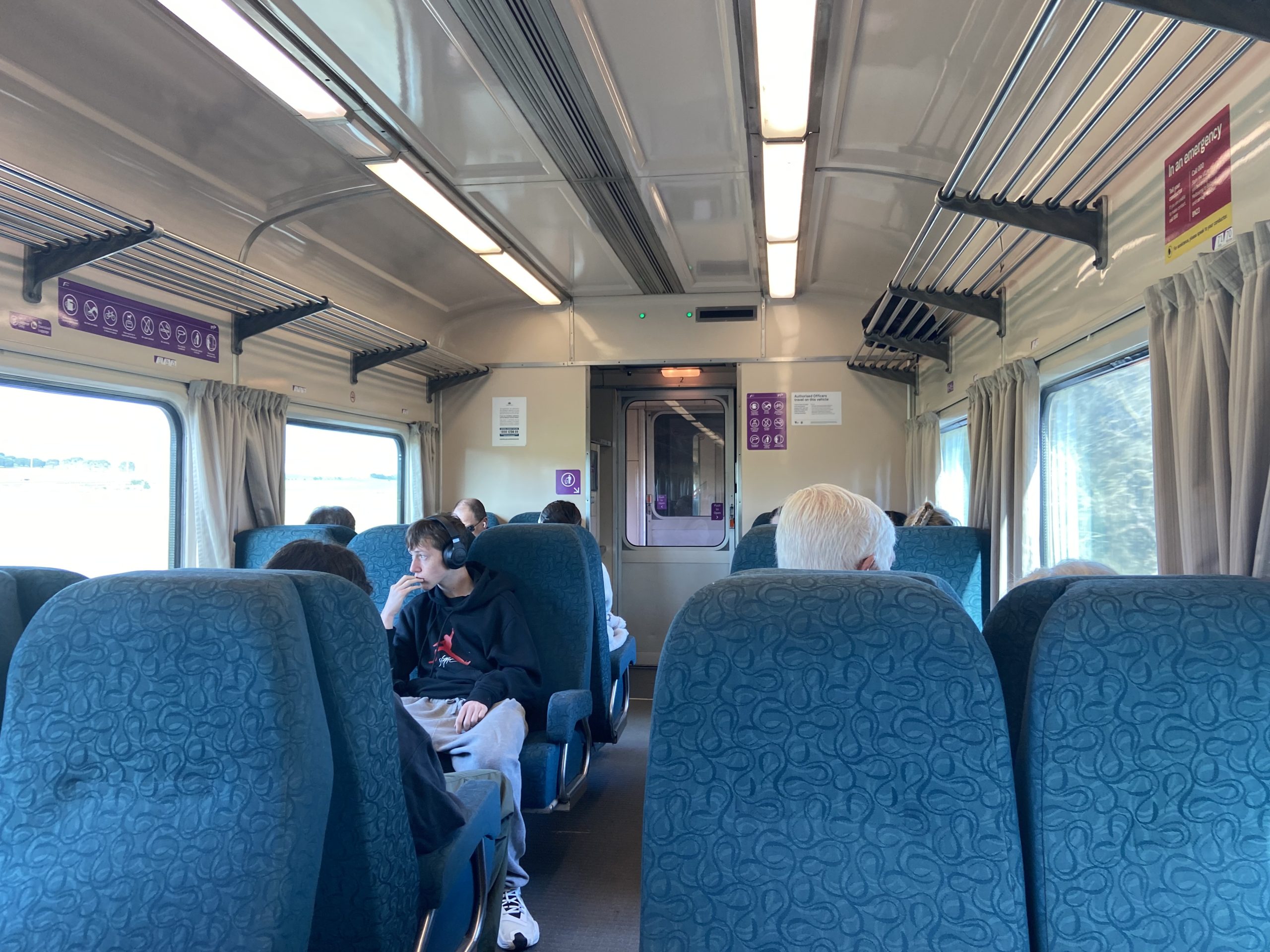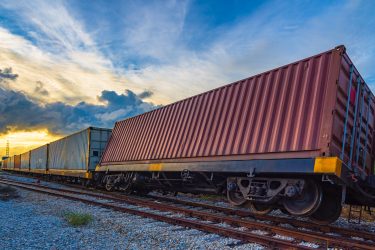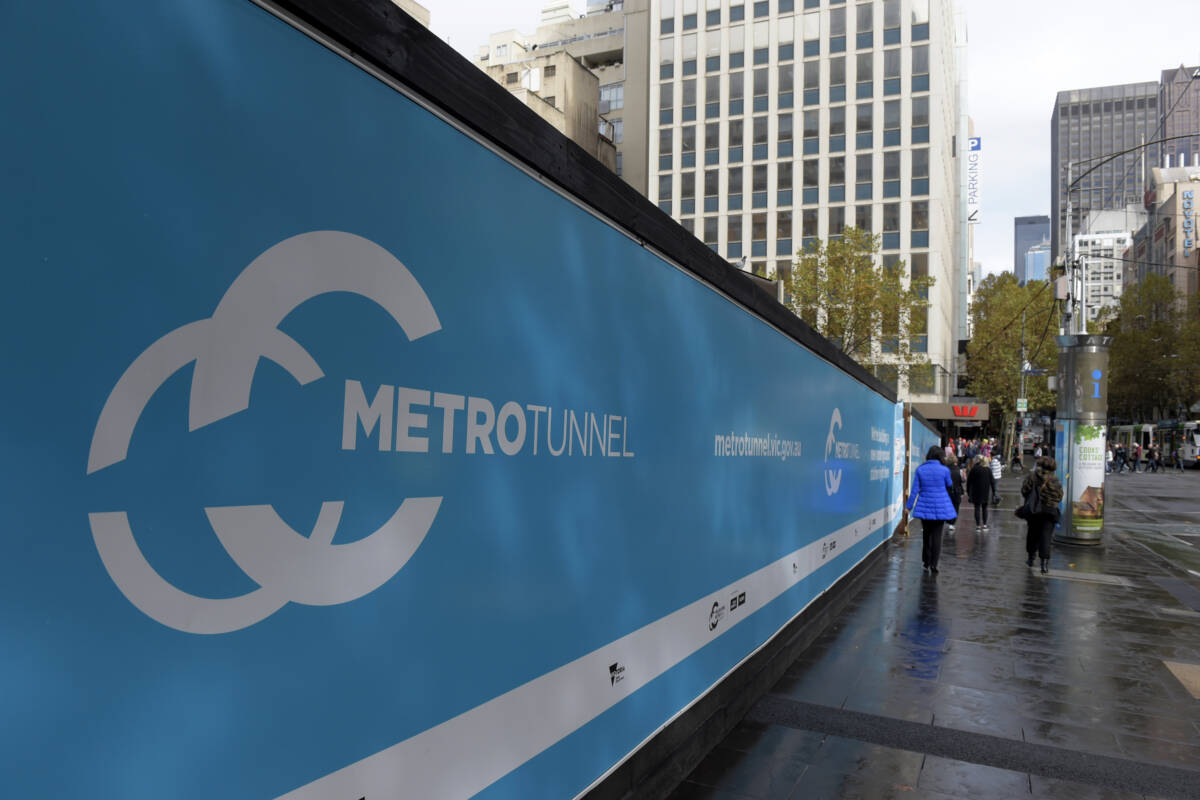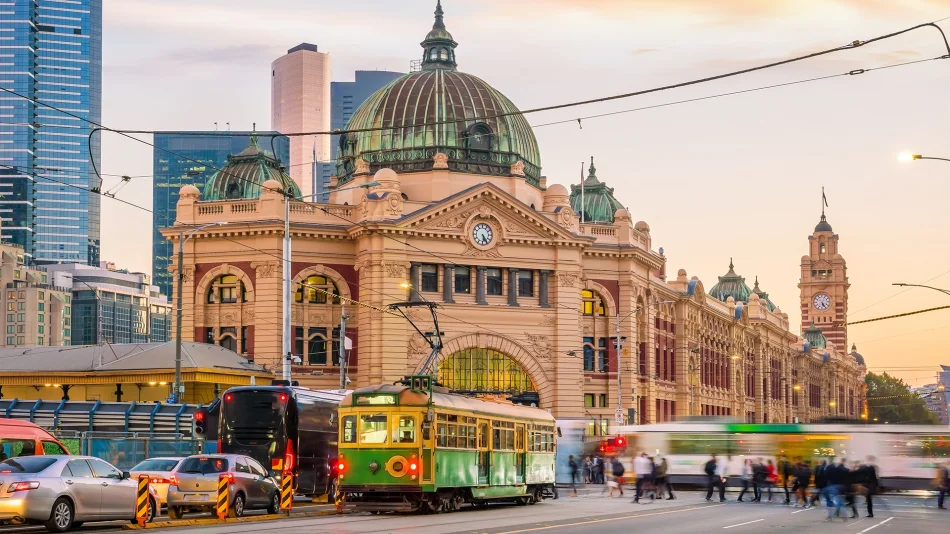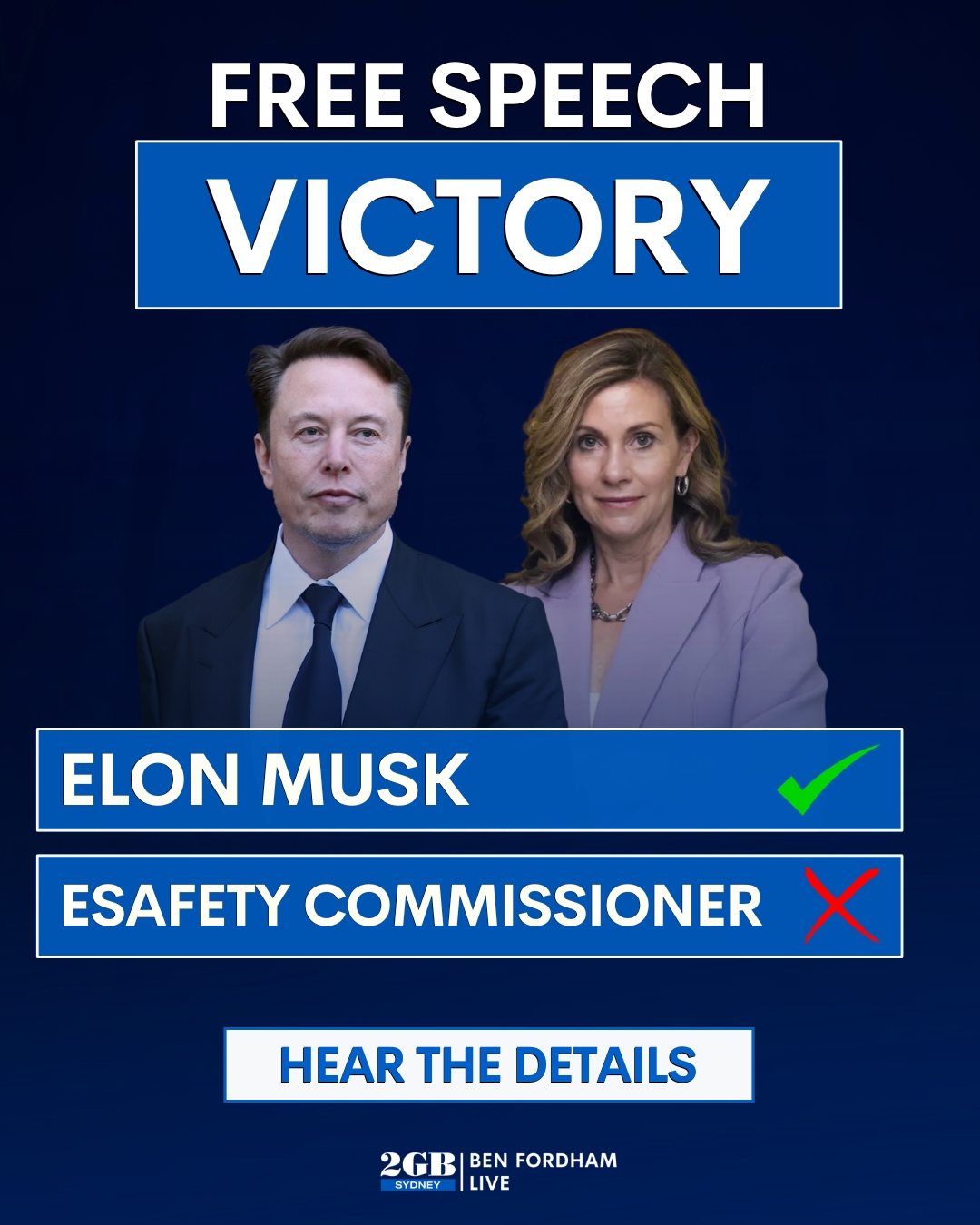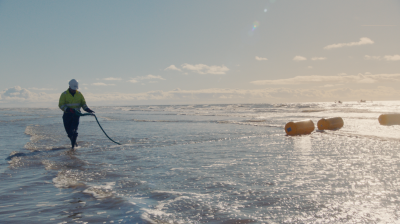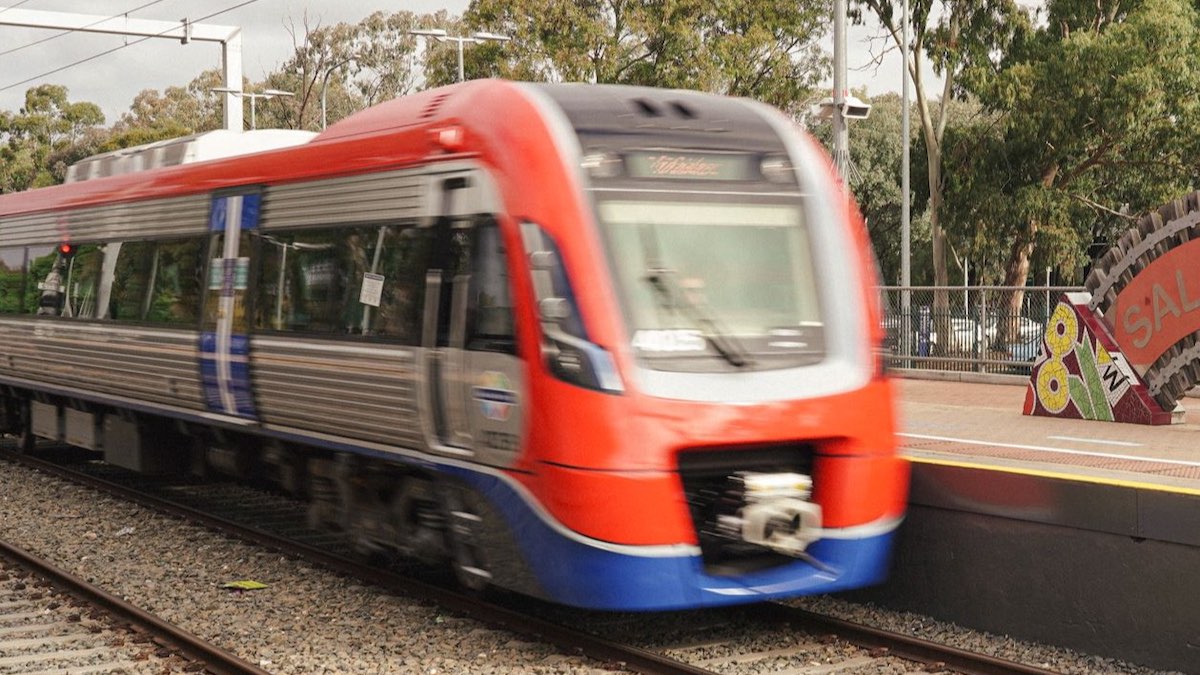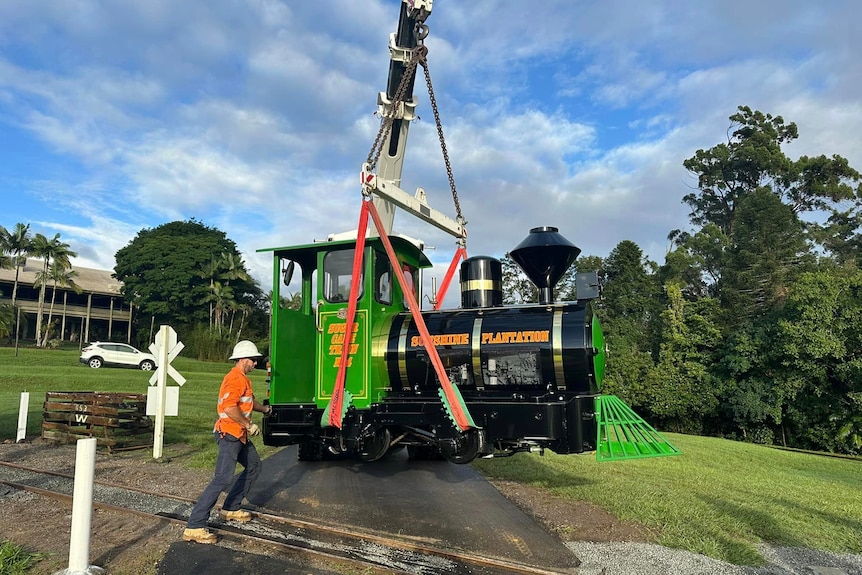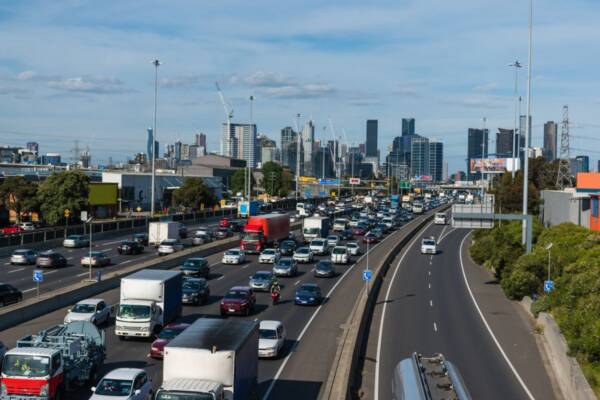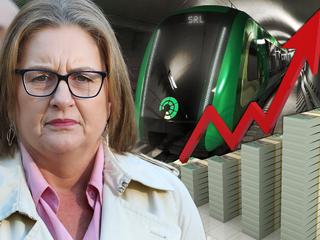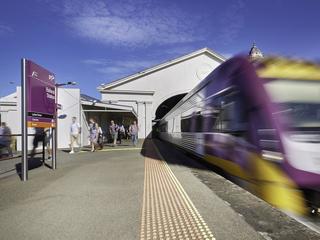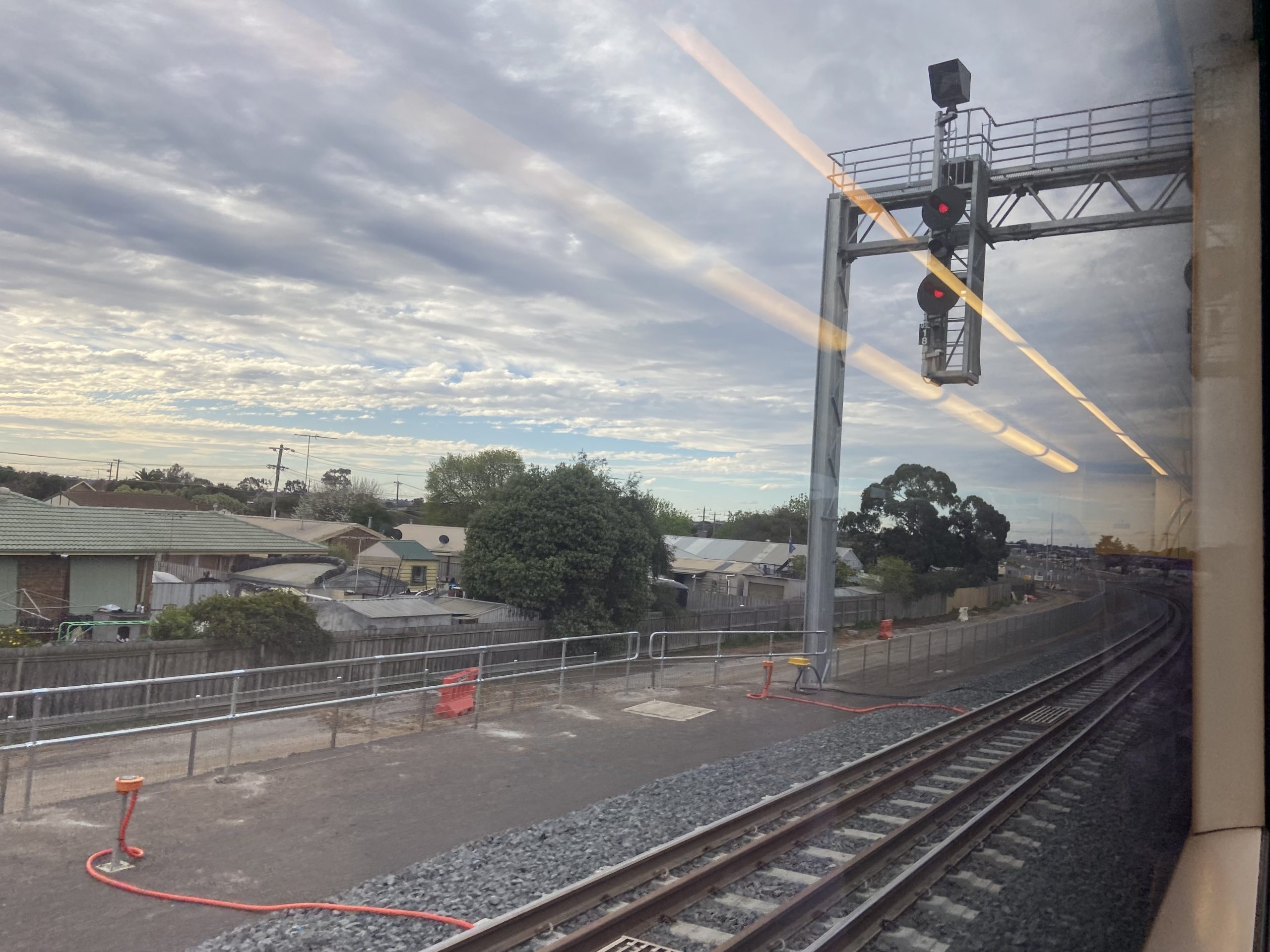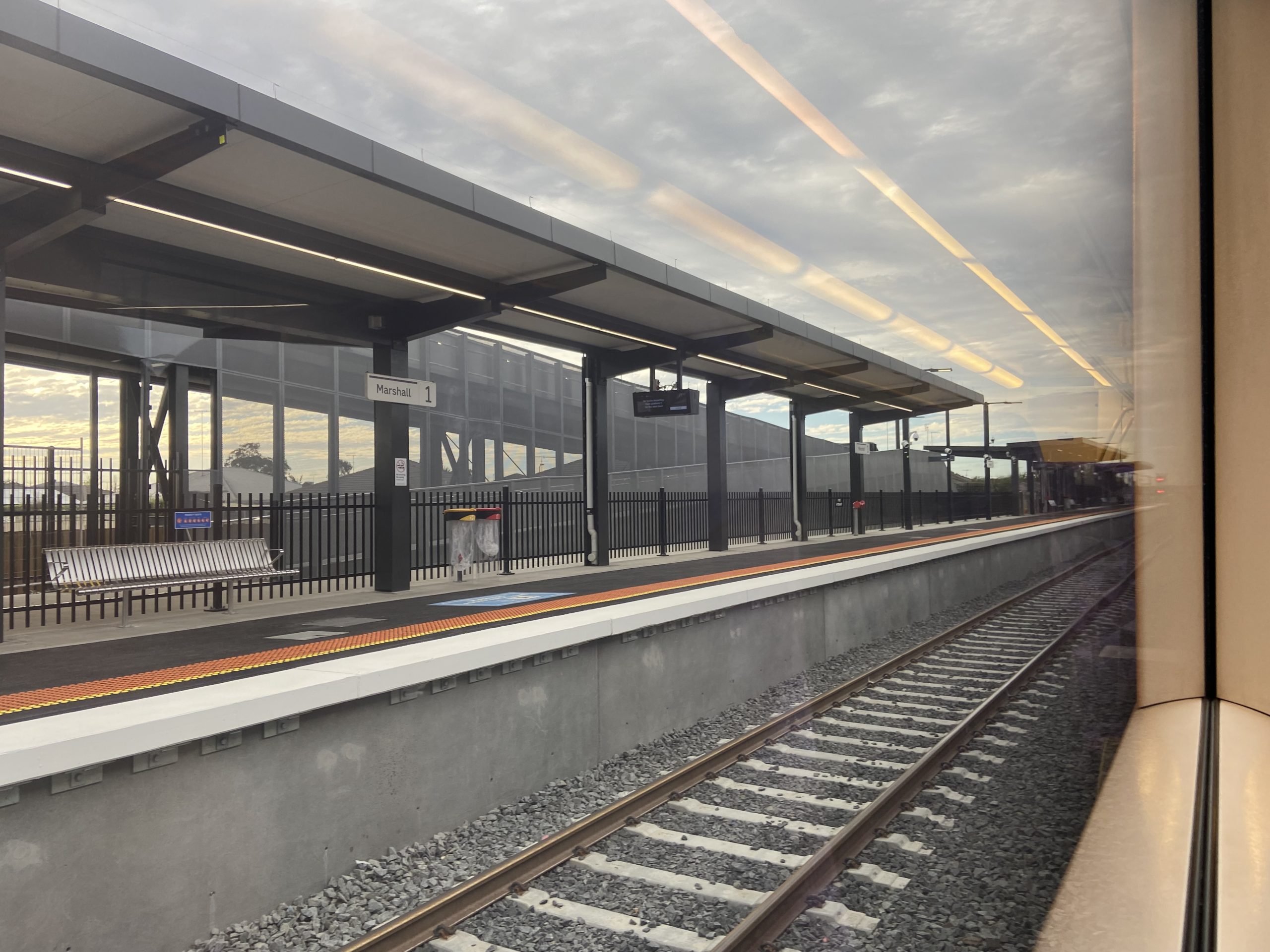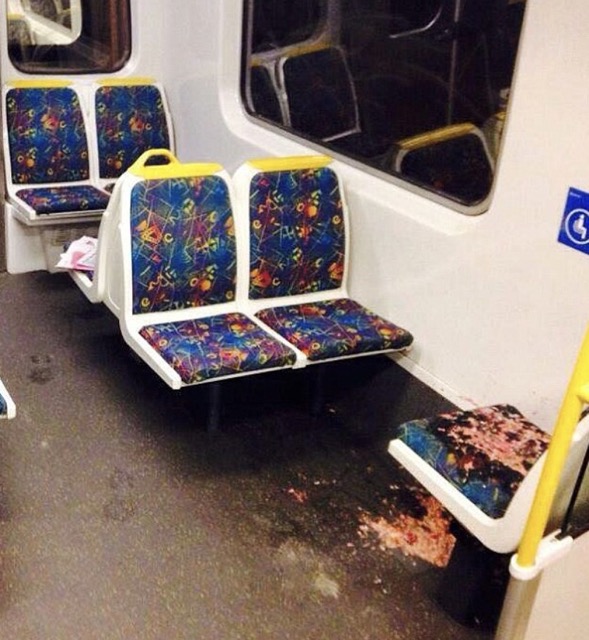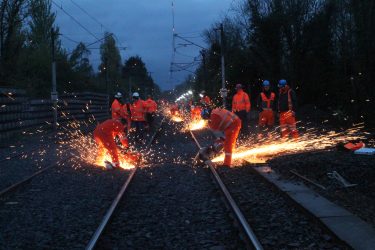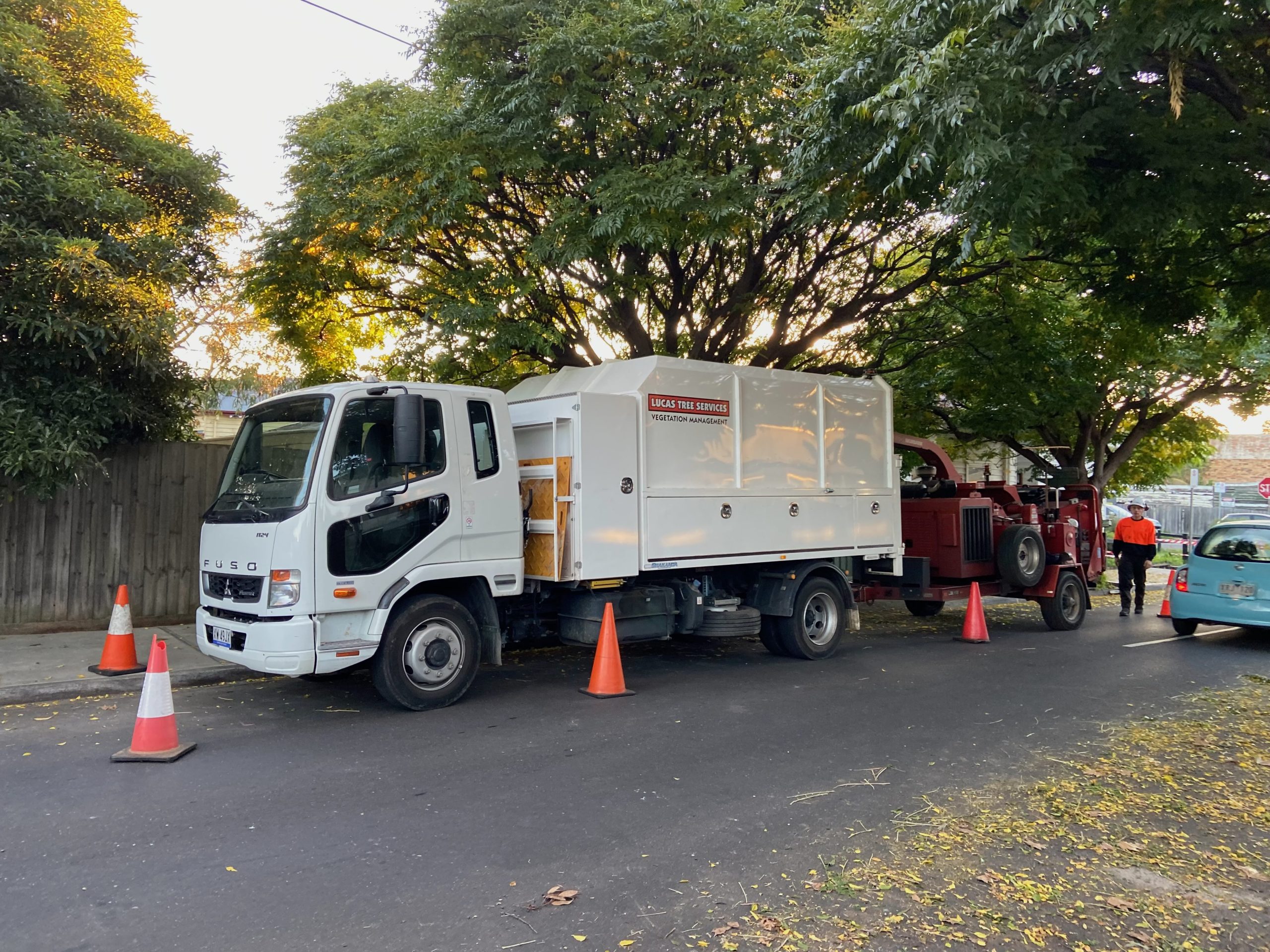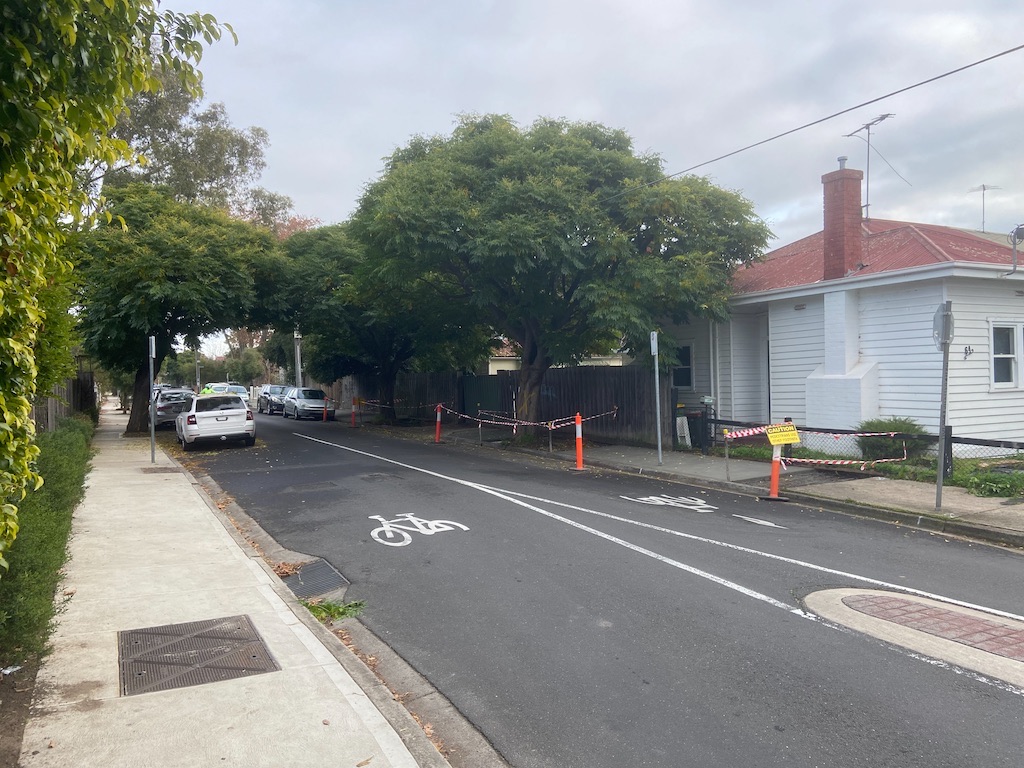*An opinion piece by William Hall first published by Greater Auckland on 14 September 2021 exploring the future expansion for frequent inter-regional passenger rail travel between Wellington and Levin.* \
\
The Labour Government under Transport Minister Michael Wood has announced a business case on electrification of the North Island Main Trunk up to Levin, to enable an extension of Wellington commuter rail from Waikanae to Levin. This is a great move from the government, as it is their first announcement concerning the Wellington Metropolitan rail network since last year’s election. In 2020 there was a lot of cross party debate around the extension of the Kapiti Line. National and the Labour Party both campaigned on promises to look into plans to extend the Kapiti Line to Otaki, and the Greens campaigned for the eventual electrification all the way up to Palmerston North and ultimately a more regular service along the whole main line. \
\
So how come the government decided to set its sights on Levin? \
\
Levin has been seeing a lot of attention in the press over the past 6 months, as the new affordable commuter town to the North of the Capital. New housing and retirement developments are popping up all around the outskirts of Levin. Further south on the Kapiti coast, it has long been seen as a desirable destination for daily commuters riding the train into Wellington. The government has been looking for a solution to avoid constructing any more motorways, in order to meet their highly ambitious emission targets. So of course rail is their solution to the problem. The government has been less interested in investing in the Otaki to Levin motorway, seeing it as a massive National party project that would be counterproductive to the current Labour party’s transportation goals. \
\
In 2014, the Review of the Wellington Regional Public Transport Plan looked at adding additional stations along the Kapiti line and future plans have also included extensions to Otaki. However whenever these projects have been put forward they have been stopped by one thing: the costs outweigh the benefits. New trains, new stations, perceived lower passenger uptake. \
\
So what’s changed? Mostly the housing crisis and climate change – rail has been seen as one way for New Zealand to combat both of these issues. In June, the average house price in the Wellington Region topped $1 million, with no signs that house prices are going to plateau anytime soon. Similar issues surrounding climate change in New Zealand have seen rail as a solution. Currently New Zealand is the 5th highest per-capita emitter in the OECD, whilst producing 80% of the country’s electricity renewably – a statistic we top the OECD in. So it’s a no-brainer to expand the electric rail network with those two subjects in mind: greener travel and more land for development. \
\
So what is the reasoning behind extending the electrification to Levin? The government has already promised Capital Connection commuters a newly refurbished fleet of British Rail Mark II carriages, which are currently being worked on in the Hutt Workshops, not forgetting the 2025 fleet of new futuristic trains. This will see an increased timetable to go along with the new rolling stock. \
\
So why are they now looking into extending the Kapiti line to Levin? \
\
Levin is the 3rd largest town in the Manawatu region, and as of June 2020, had over 18,800 residents. Nearby Otaki has approximately 5000, and Otaki Beach 2000. In terms of population, both settlements are probably big enough to sustain a regular train service. That’s without taking in the large amounts of green field development opportunity in the Northern Kapiti Coast, for example Te Horo and Manakau. This “boarder” region between Wellington and the Manawatu is going to continue to see high levels of growth over the next few years. Over the past 5 years the Capital Connection has seen 3.1% passenger growth year on year. People want to live in this amazing part of the Lower North Island, but it is up to the Government and KiwiRail to enable this growth. \
\
The current end of the line in Waikanae is 55.43km from Wellington’s Bunny St, while Levin is 90.3km and Palmerston North 136km. Electrification, bridging the gap between the electrified network in Wellington and the Central North Island, could bring great benefits to the region – mainly, better and cleaner transport. In Auckland, the 15km length of track between Papakura and Pukekohe is currently being electrified at the cost of $371 million NZD. Is it reasonable to believe that simply electrifying the line to Levin, without significant double tracking, would cost a similar amount to the Papakura and Pukekohe works? Depending on what comes of Kiwi Rail’s regional rolling stock project, and further improvements to the Northern Explorer that are said to be in the development stage, the government needs to run these two projects simultaneously. \
\
For instance, just extending the Kapiti line will only add to the current problems we see at peak time: overcrowding, not only in the trains but on the track as well. Or, will we see a much needed investment to the infrastructure between Levin and Paraparaumu, which for the most part currently relies on a single track with limited passing loops. It would be great to see the Government announce in the next 12 months: new passing loops, double tracking and 3rd or even 4th platforms added at some major stations along the line. The current Hyundai EMU rolling stock simply doesn’t have the capacity to deal with the predicted demand on the Kapiti and Hutt lines going onward, so might we also get to see some new rolling stock for the two most frequented lines on the Network(Kapiti and Hutt Lines)? With or without an extension north, new EMU rolling stock must be a priority.
\
Constraints already exist at the North South Junction, that for years has been talked about for day lighting, double tracking and the single platform and track at Waikanae. Then closer to Wellington is the section of 3 tracks at Kaiwharawhara Junction which limits all Wellington services. If Metlink is going to enable a 10-minute frequency on all services, these issues will surely have to be resolved. All of this needs funding however, This government has looked to curtail spending on motorways. The Otaki to Levin Motorway is estimated to cost $1.5 Billion NZD *\[Ed note: the Otaki to Levin project is now fully funded, with an extra $817m granted as part of the Government’s $12 billion New Zealand Upgrade Programme in early 2020].* If that kind of spending was allocated to the North Island Main Trunk Line between Wellington and Palmerston North, we could see a world class narrow-gauge network, something that we definitely can’t claim at the moment. \
\
If the government still wants to back the idea of 15 Bi-Model or Hybrid Multiple Units in 2025 for the Capital Connection and Wairarapa Connection, then surely that should be taken into consideration, especially with the government trying to encourage commuters onto weekday Te Huia services between Hamilton and Auckland. It would be good to see KiwiRail directed to look into one rolling stock for all 3 of these services. There are problems with this though: Auckland and the central North Island use the modern German electrification network (25kV AC) while Wellington uses the older electrification system (1,500V DC). It’s important to remember long lead-in times for procurement and manufacture mean that a decision needs to happen soon rather than later if KiwiRail is going to make its 2025 target. \
\
However, finding a single rolling stock provider for KiwiRail’s “long distance, intercity fleet” would hopefully keep procurement costs down to a minimum. Both CAF and Hyundai have a stake in the current commuter network, and with Alstom and Bombardier picking up several high-value rolling stock contracts over the ditch in Australia, Kiwi Rail certainly isn’t without choice. So for Wellington Commuters they might be seeing a lot more diversity in there rolling stock over the next decade. \
\
Won’t extending the lines just add more pressure to the Capitals already inadequate rail network? With the Wellington regional council looking to develop a “turn up and go” network with 10 minute frequency – and what about the Capital Connection? People said after Waikanae was added to the electric network in 2011 the Capital Connection wouldn’t last long, that it was the “final nail in the coffin” for the service. Possibly? But it could also mean that a new, improved and reworked Capital Connection service could better connect the Manawatu to Wellington with fewer intermediate stops. \
\
If that involves simply the new refinished British Rail Mark II carriages or new multiple units, we can only wait to find out. However, the government’s current plans for Wellington seem rather disjointed, and there doesn’t seem to be a vision for the network. It is as if the government, desperate to get on with something, has tasked the transport minister to start throwing lots of ideas at the wall and see what sticks.

If Levin gets electrified rail, why not look to upgrade the entirety of the NIMT (North Island main trunk line) between Wellington and Palmerston North, and go ahead and purchase some new electric regional trains? Create a super corridor connecting the lower North Island’s most important towns and cities. If so, then new regional trains would definitely be needed. May I suggest Queensland’s amazing New Generation Rolling stock by Bombardier, the Cape gauge model of the Bombardier Aventra, most commonly associated with London’s overground, improved for regional services? \
\
The problem with simply extending the Line to Levin is that current services will be busier for longer, with more people being required to stand at peak times. Unless new bigger rolling stock is purchased Wellington commuters will continue to be treated like sardines. If this government is serious about taking control of this housing crisis, the NIMT is a critical piece of infrastructure that they are not using well enough.[](<* [Greater Auckland](https://www.greaterauckland.org.nz)*>)
